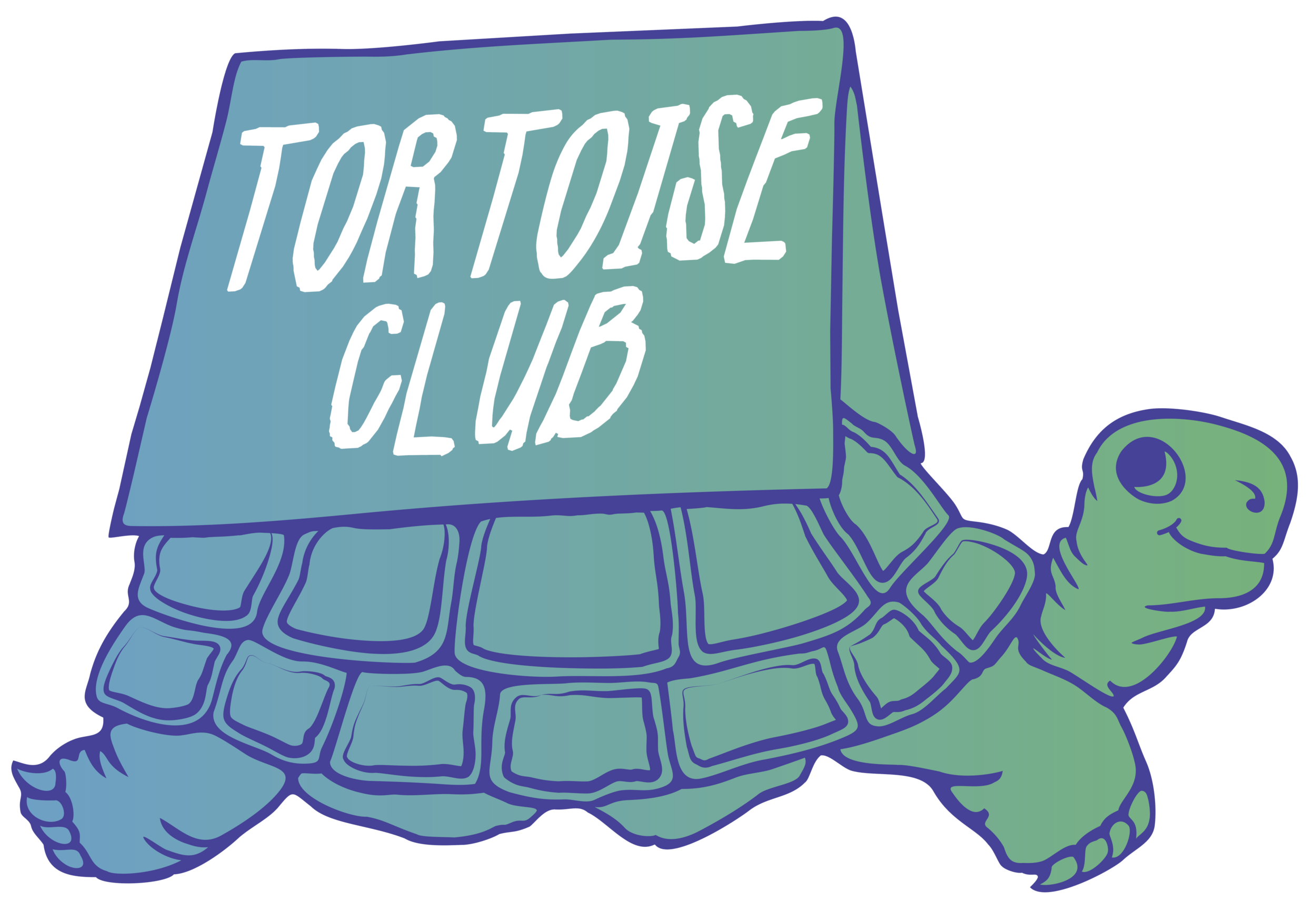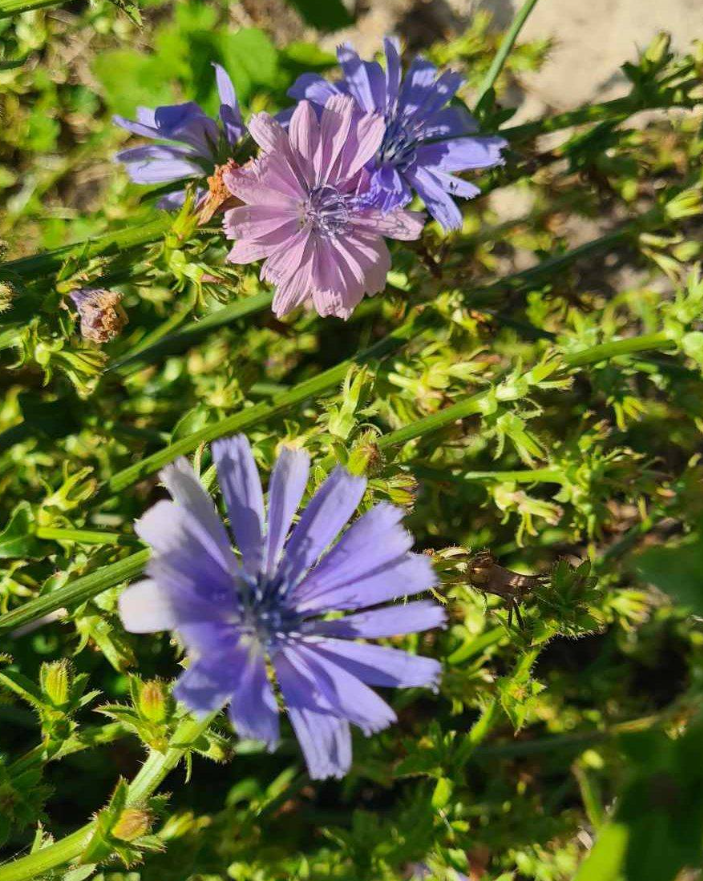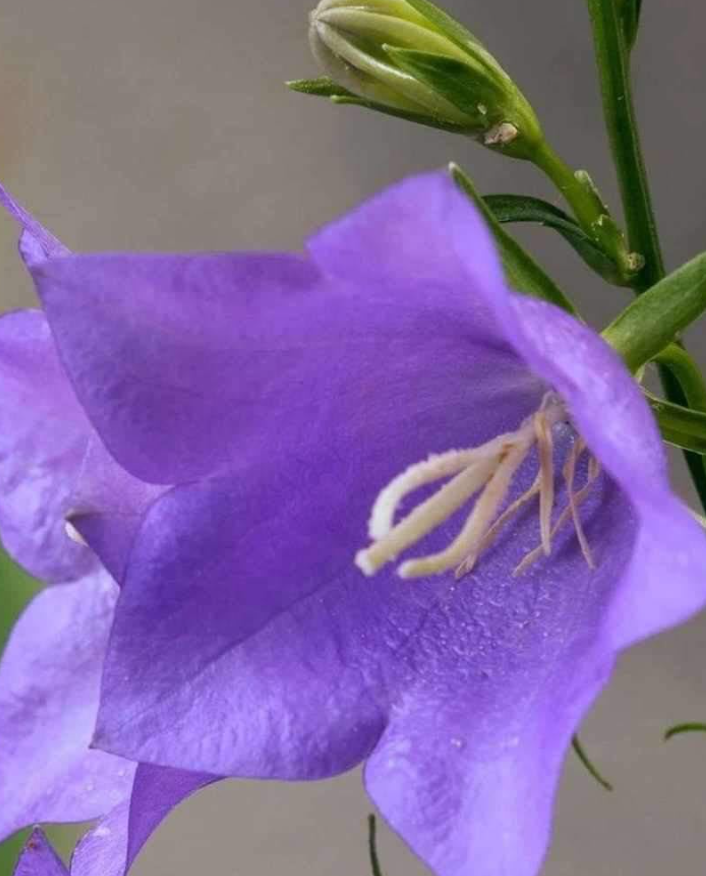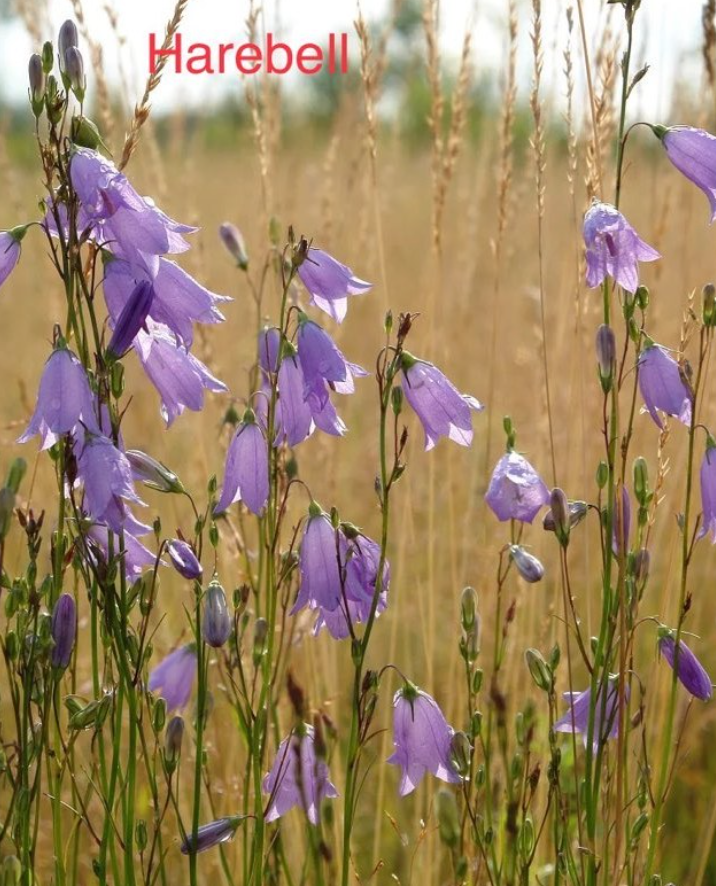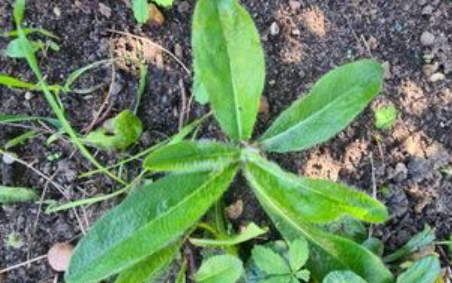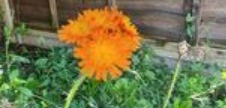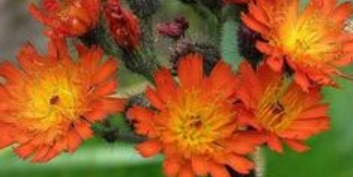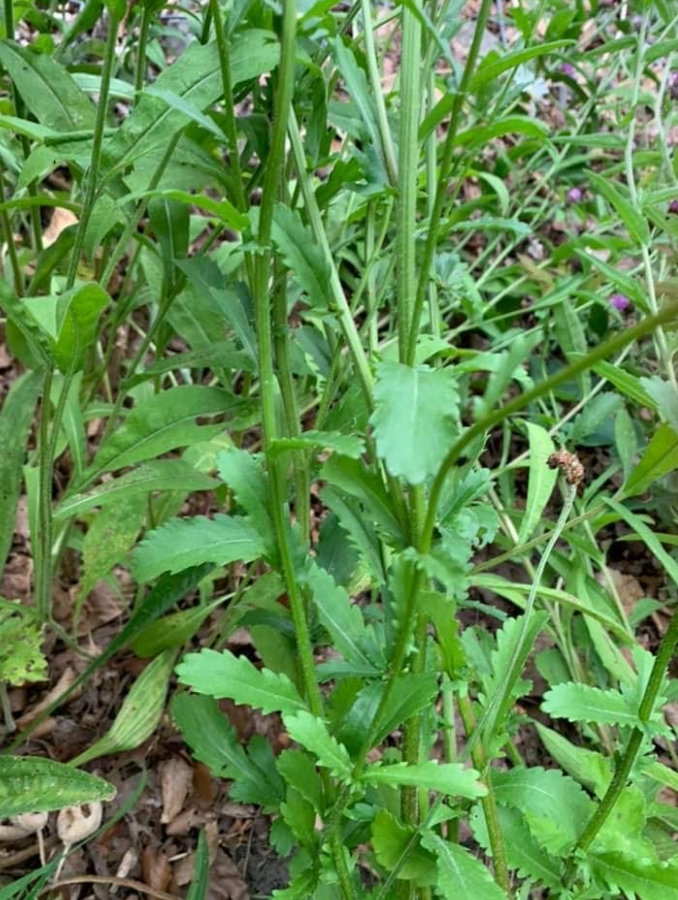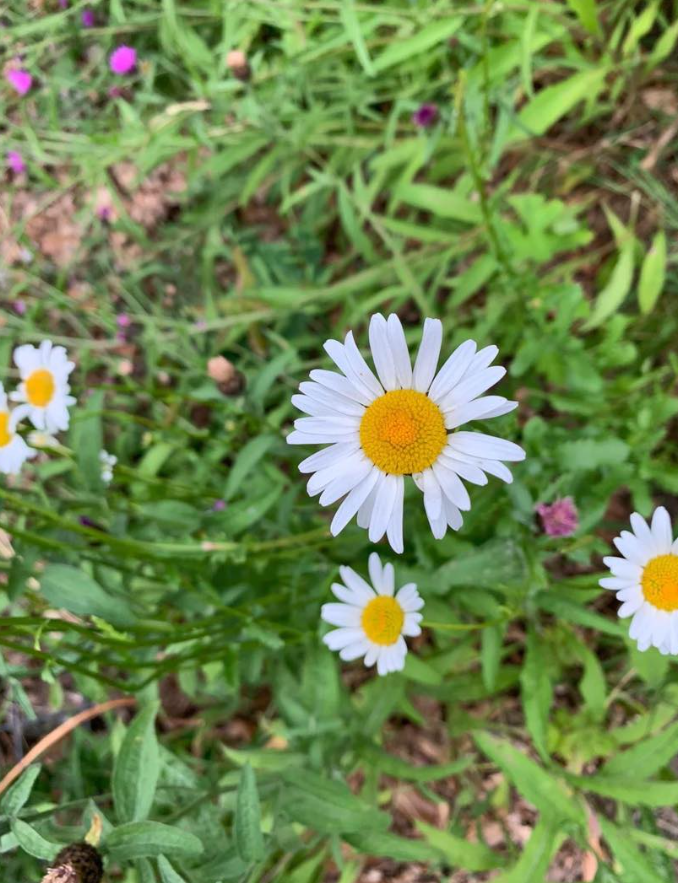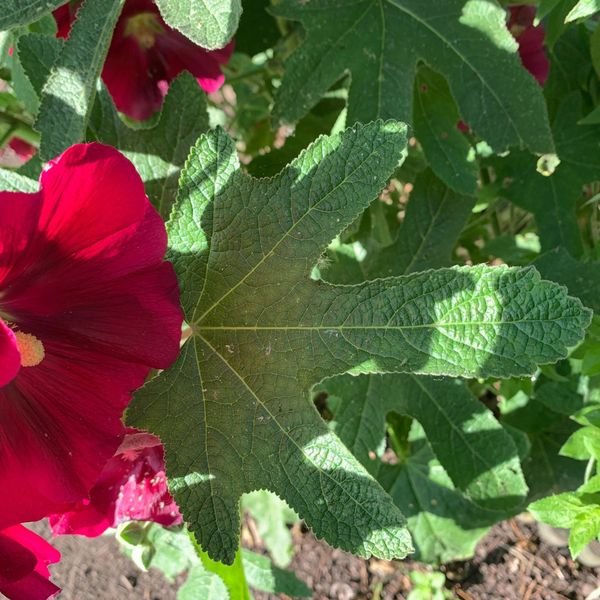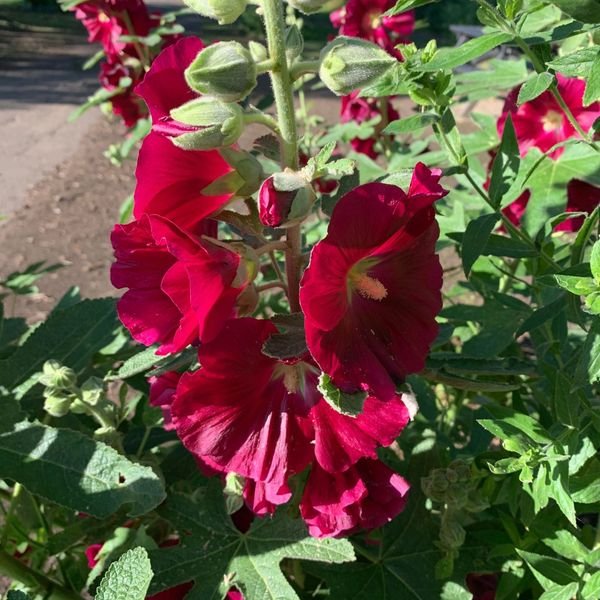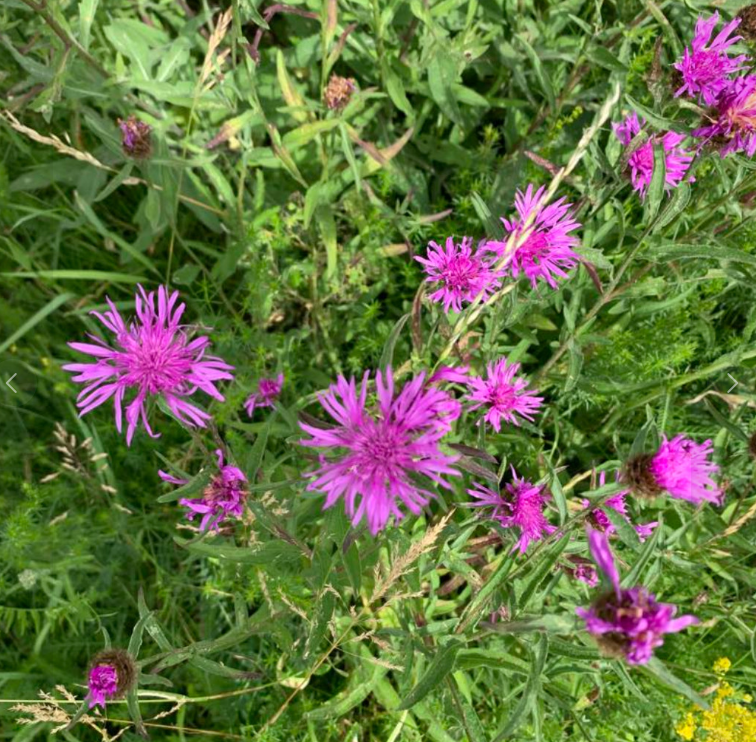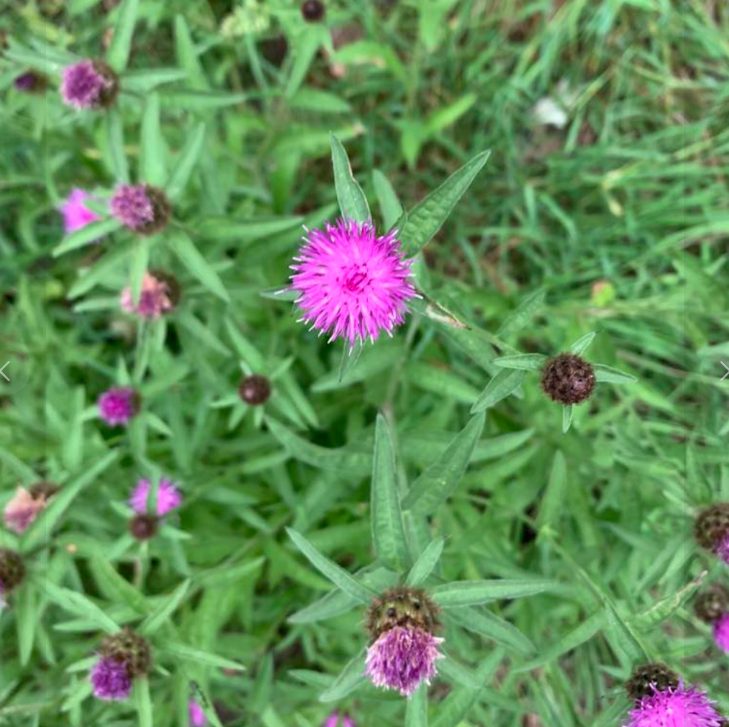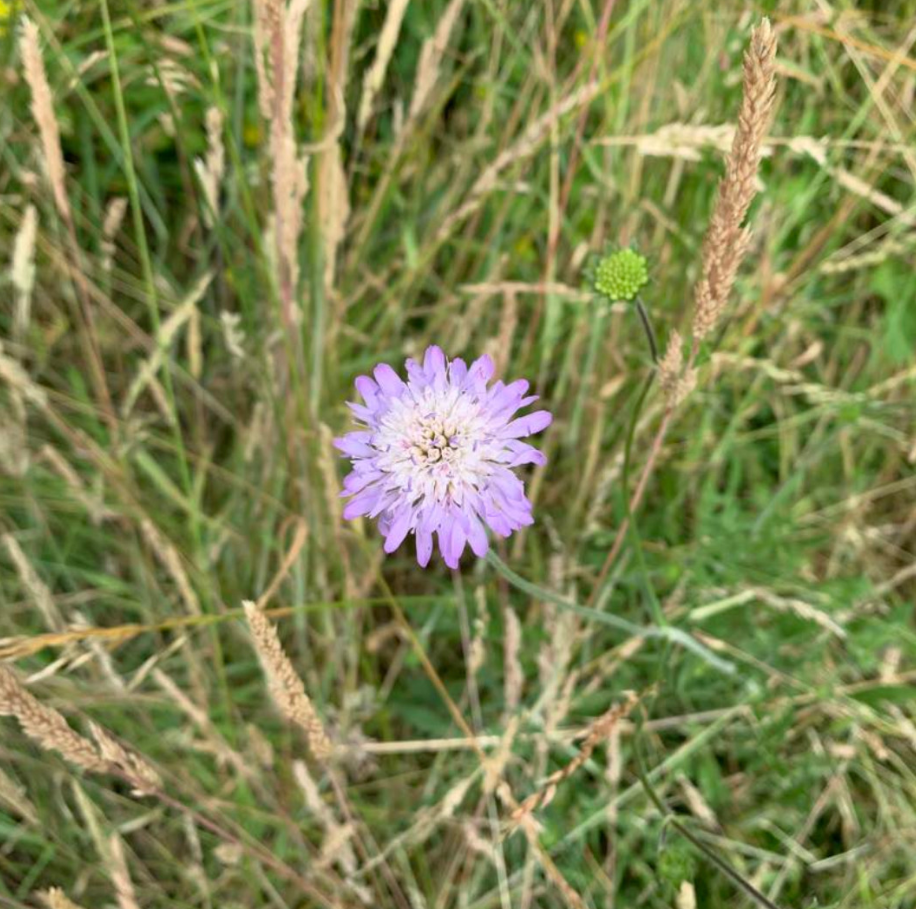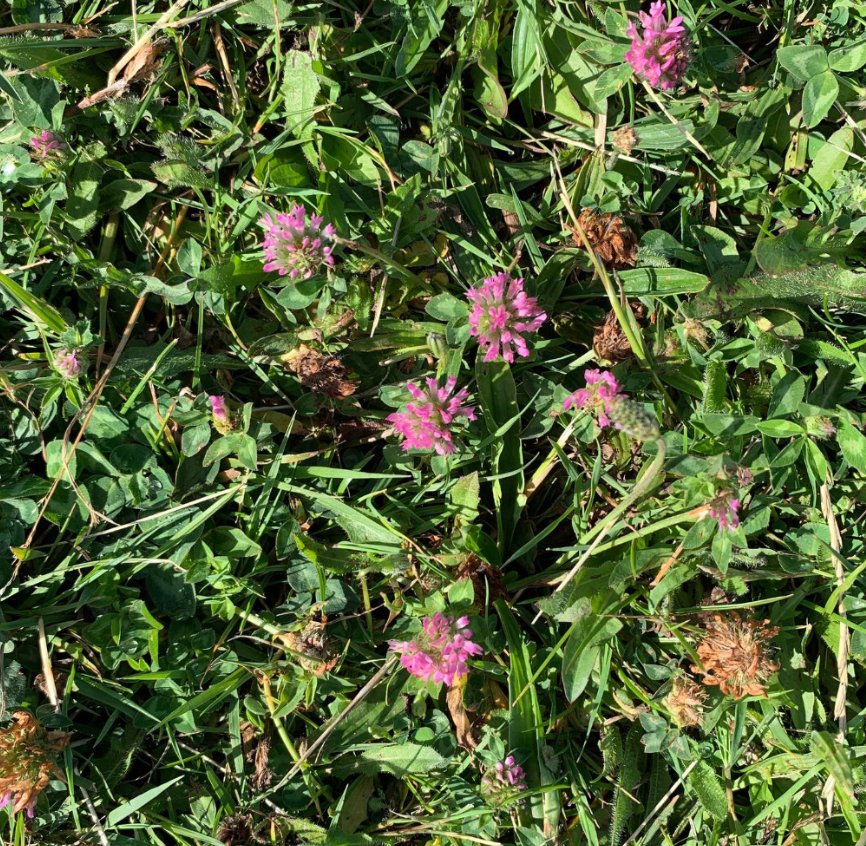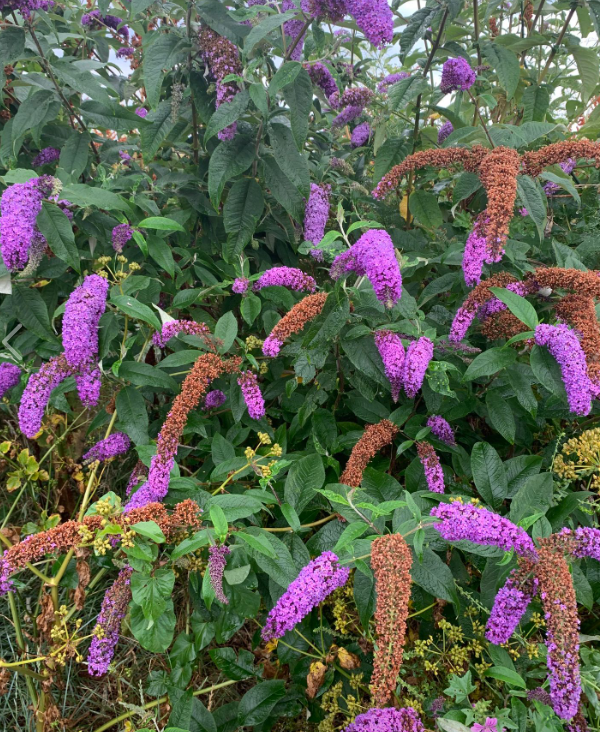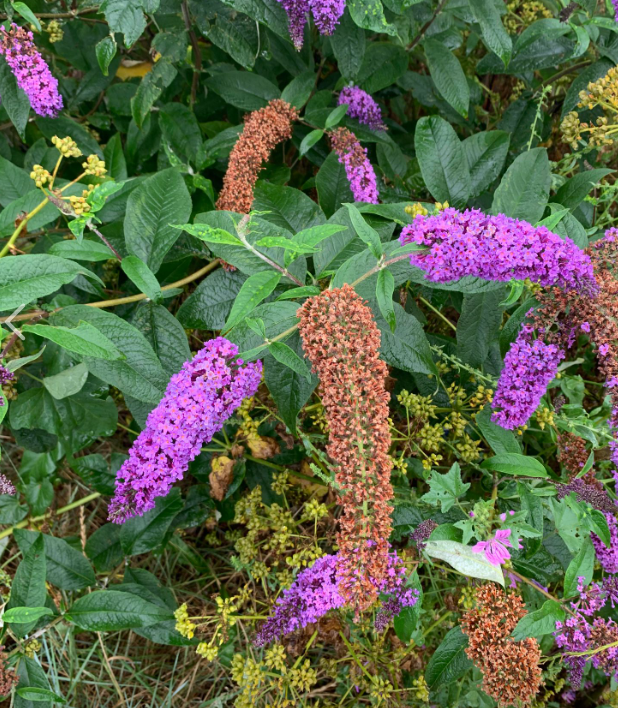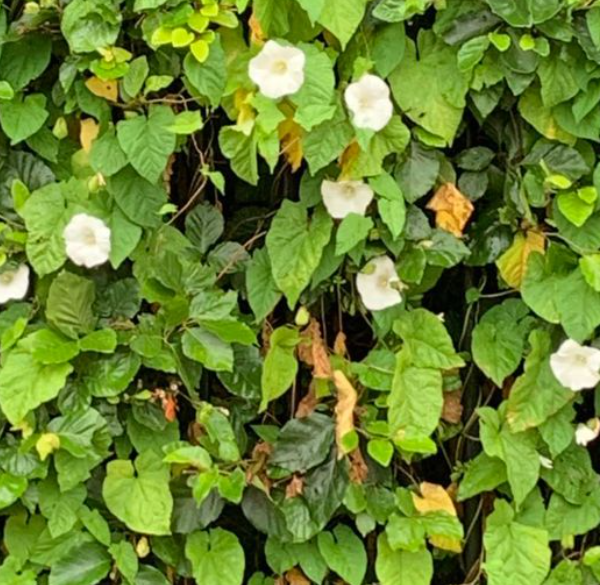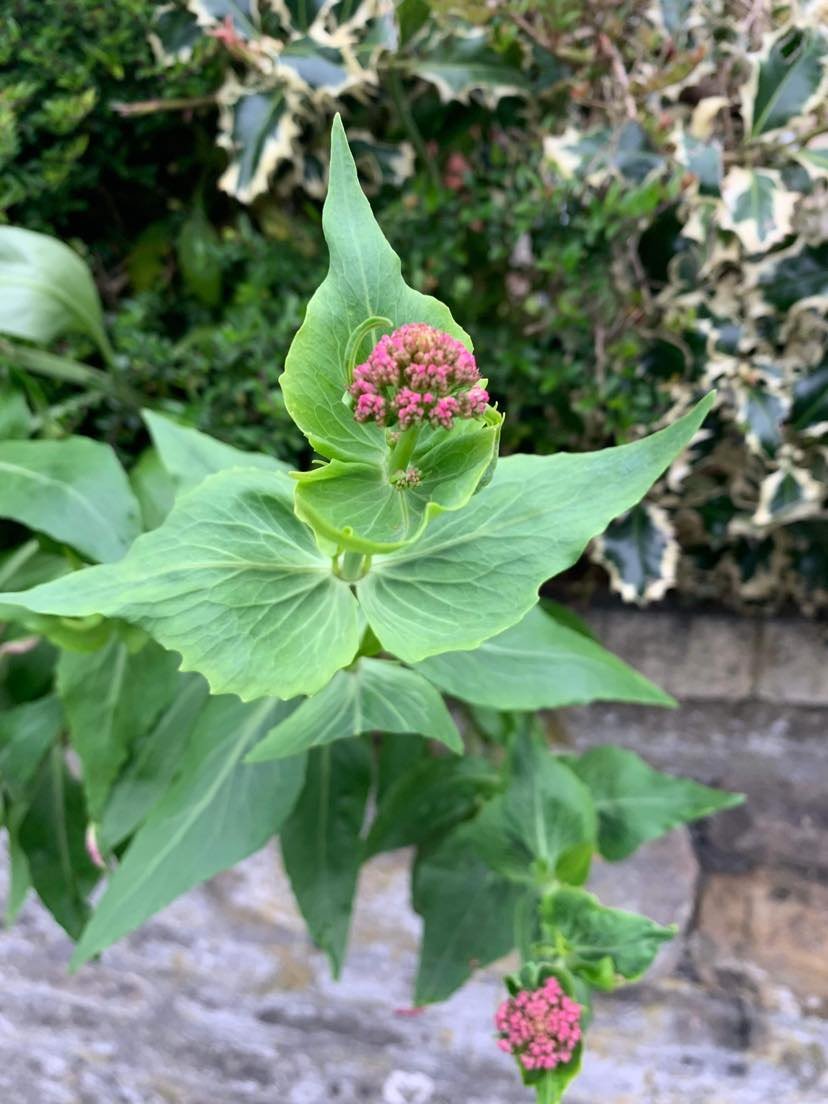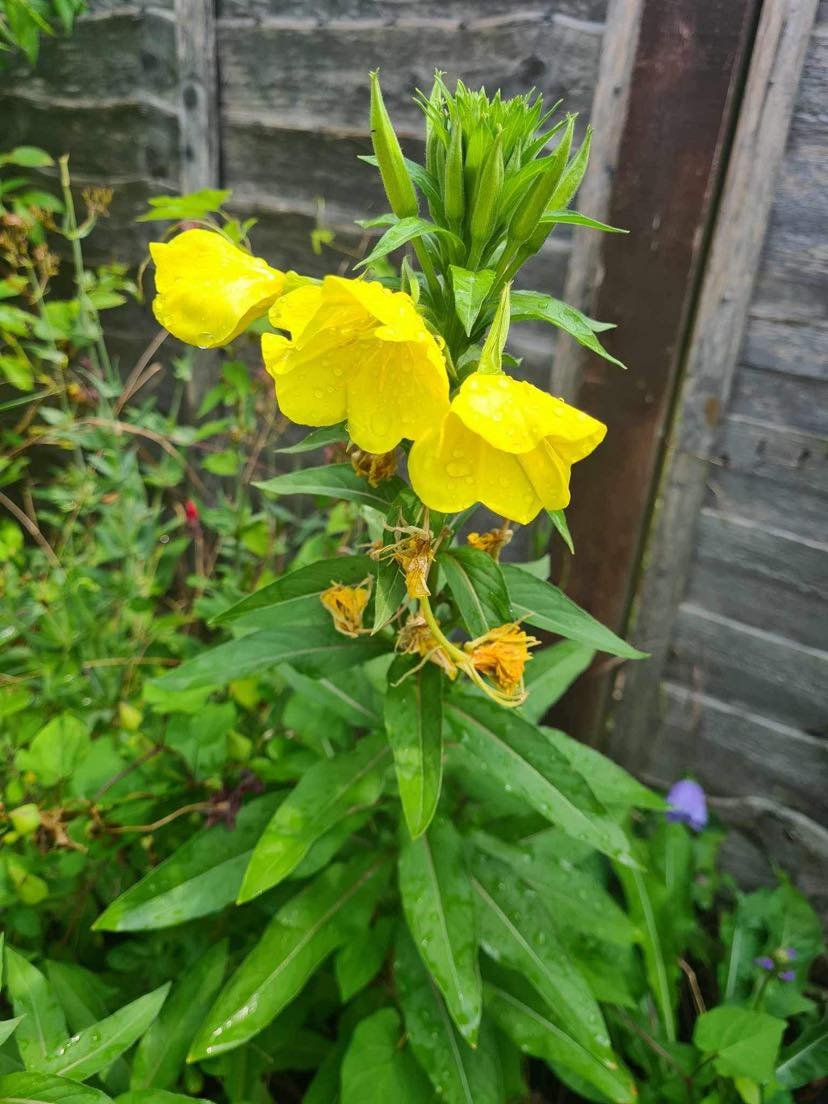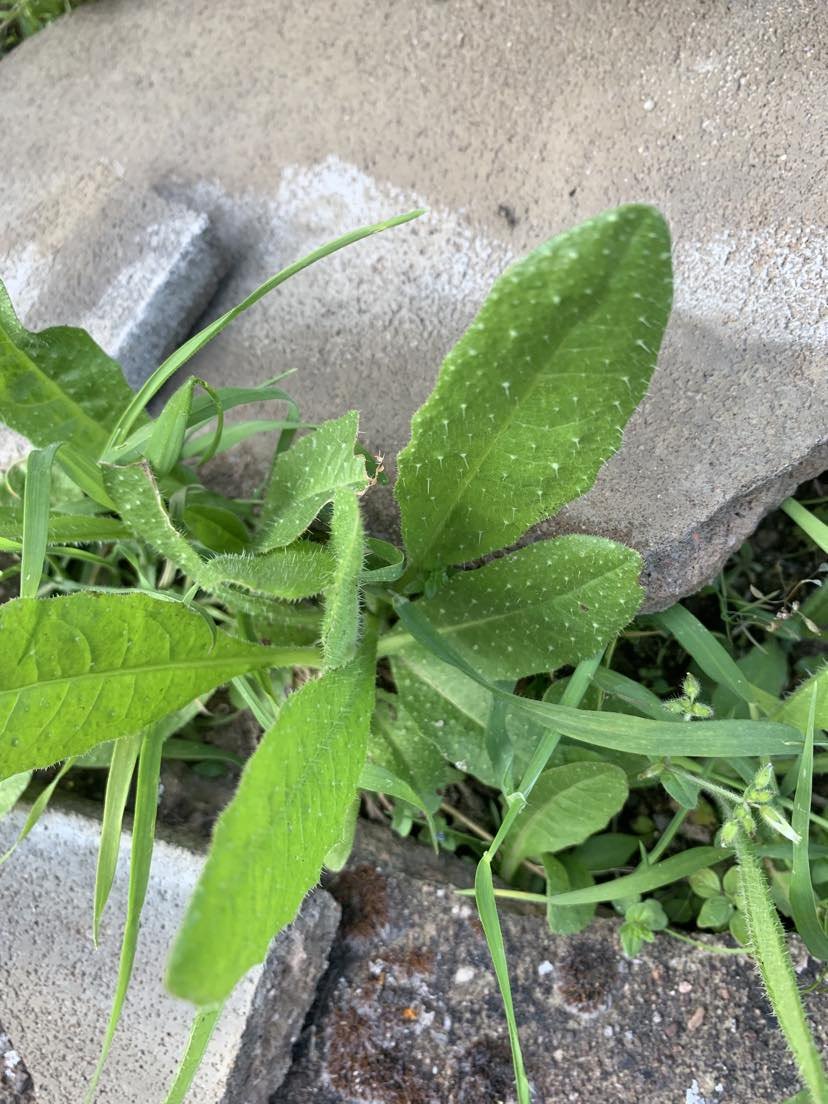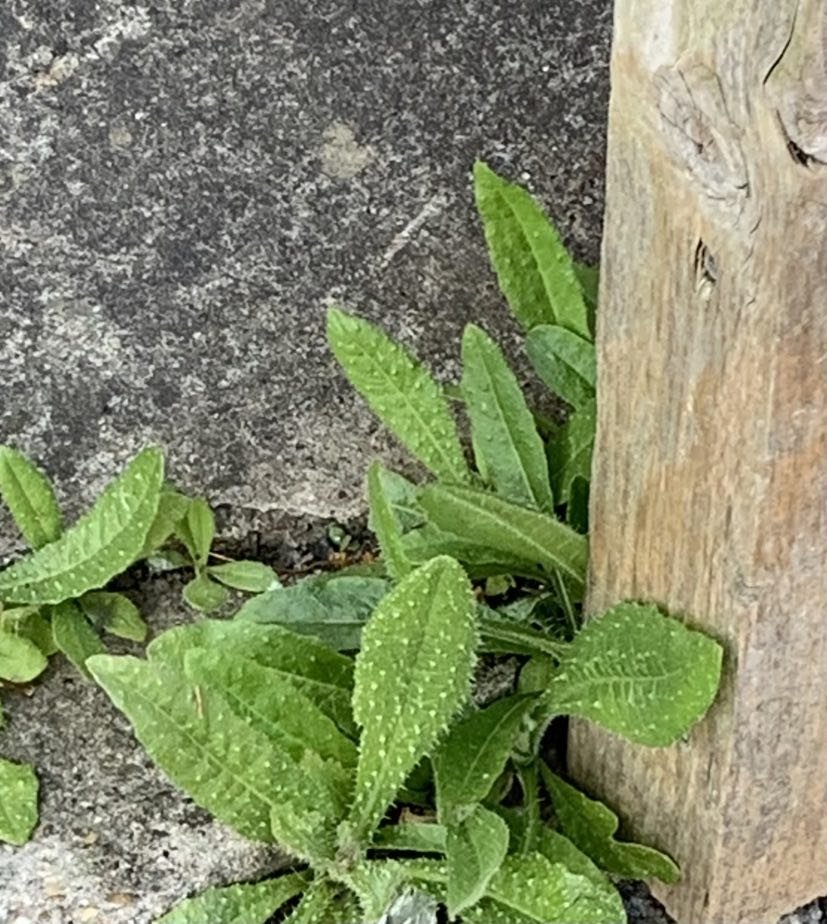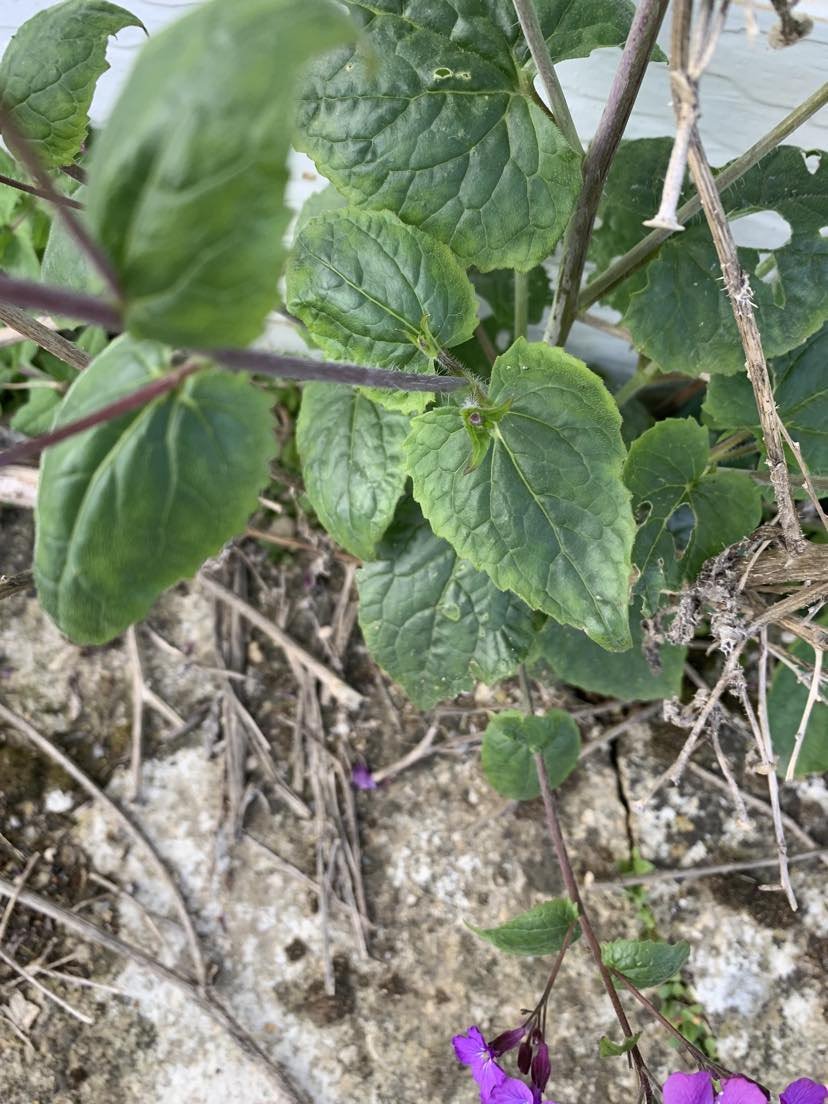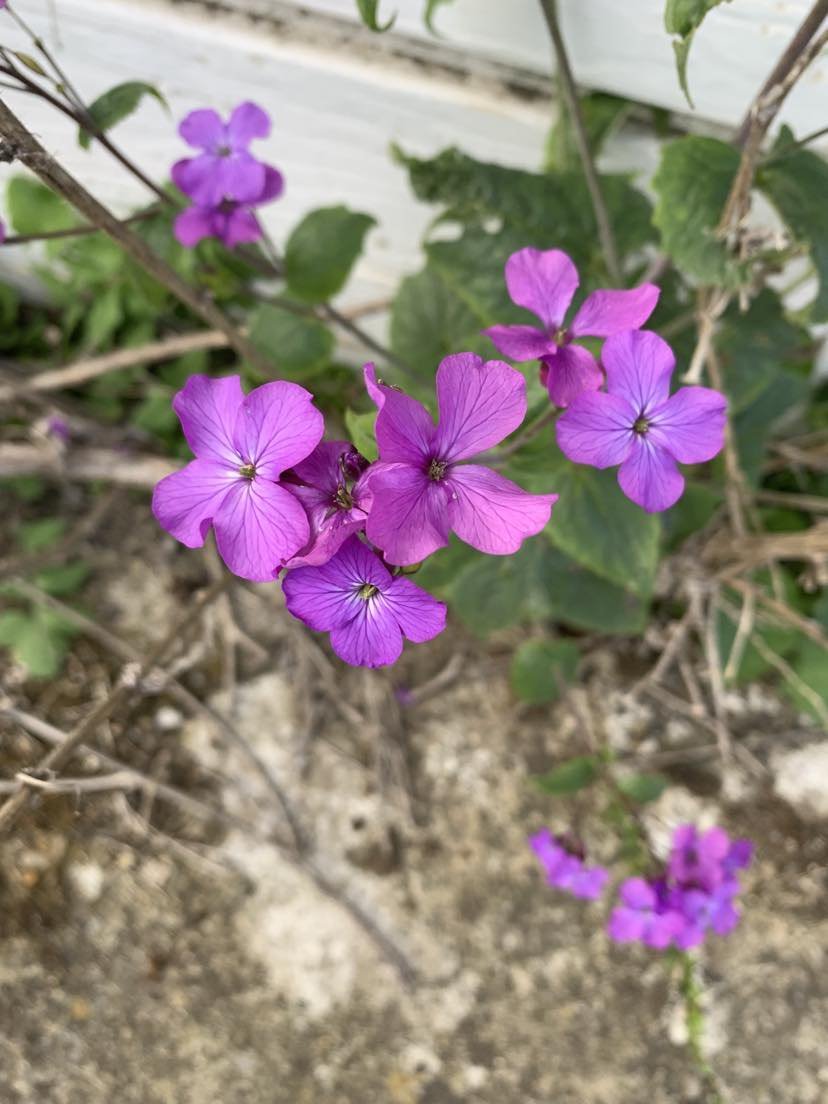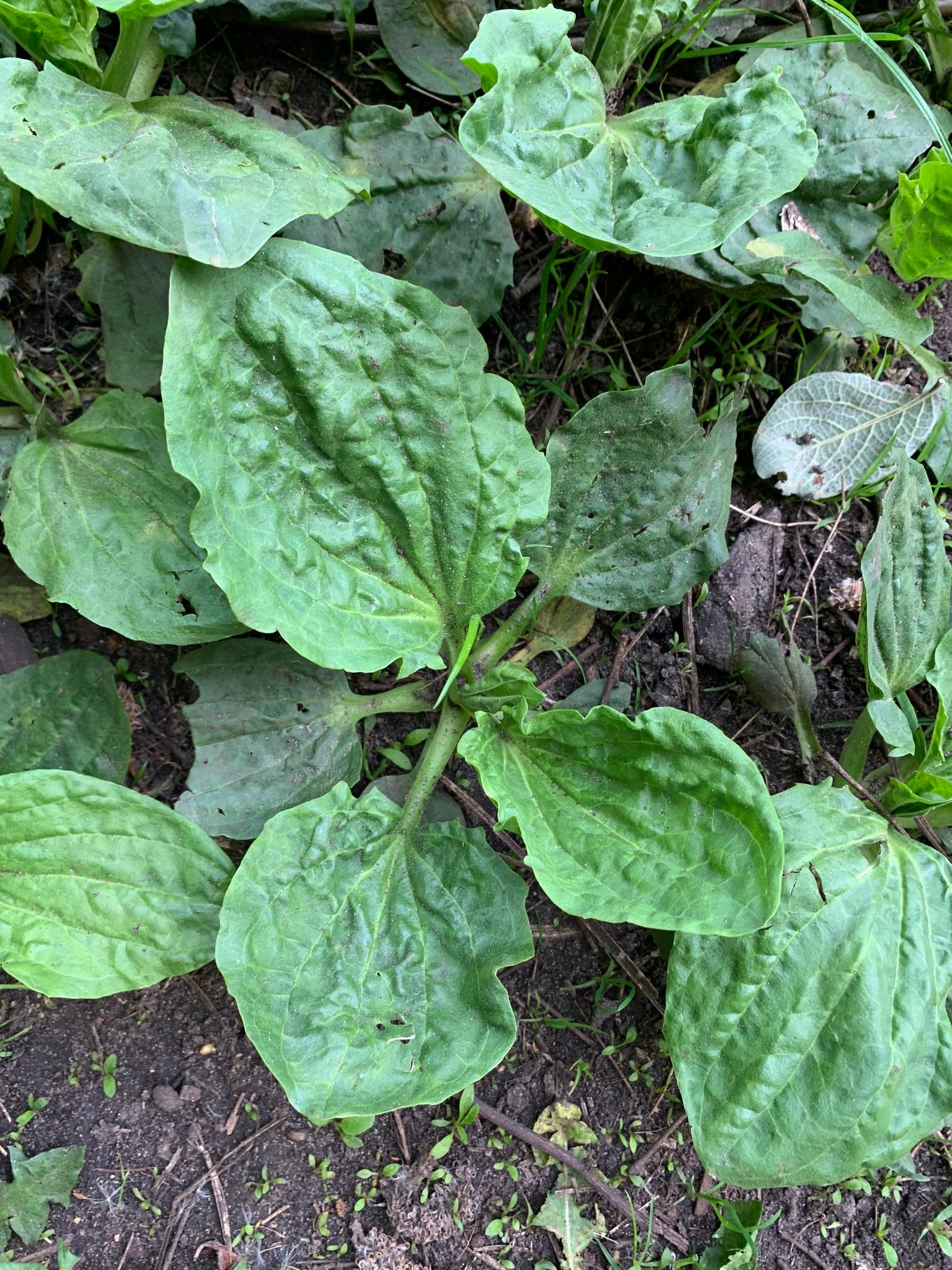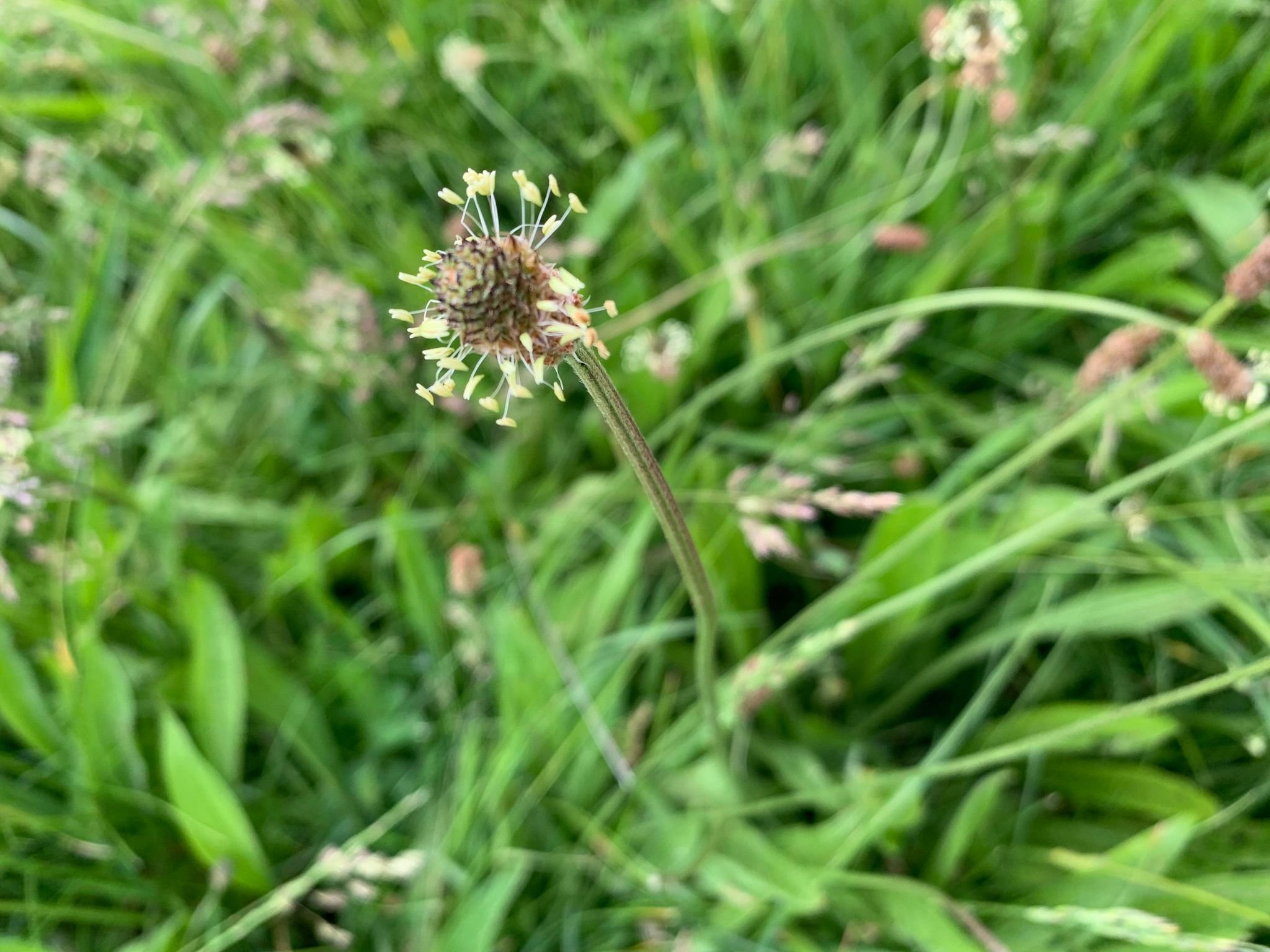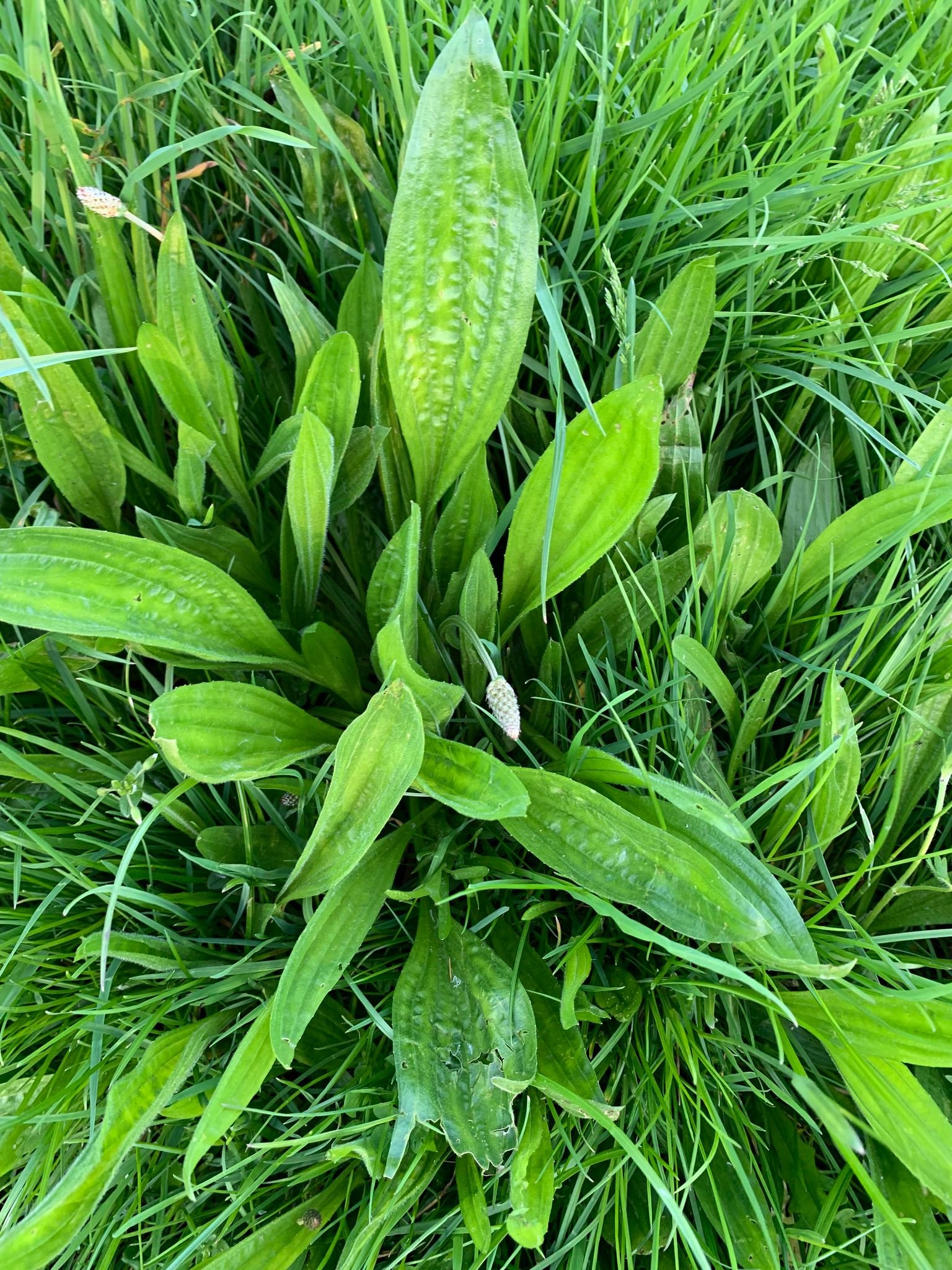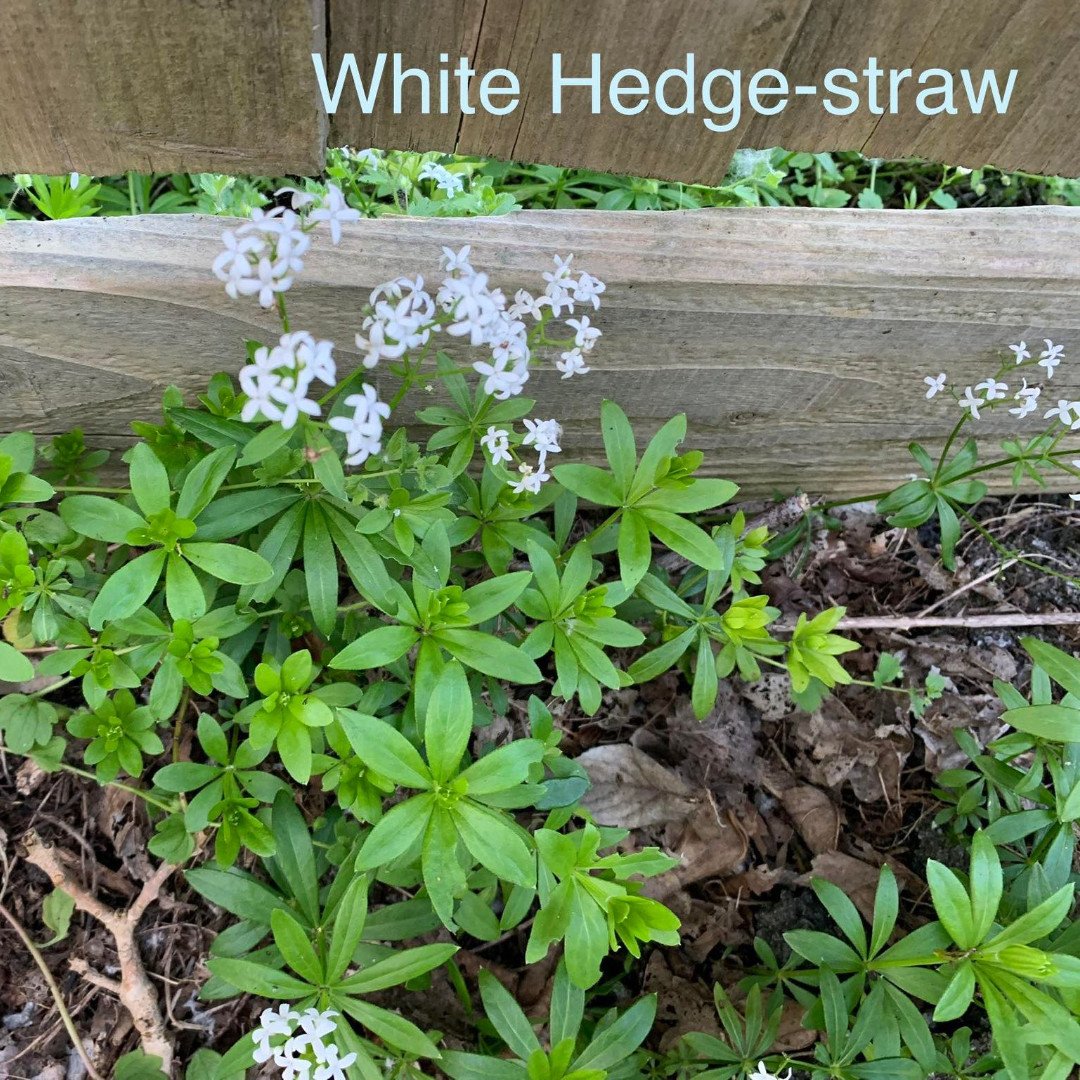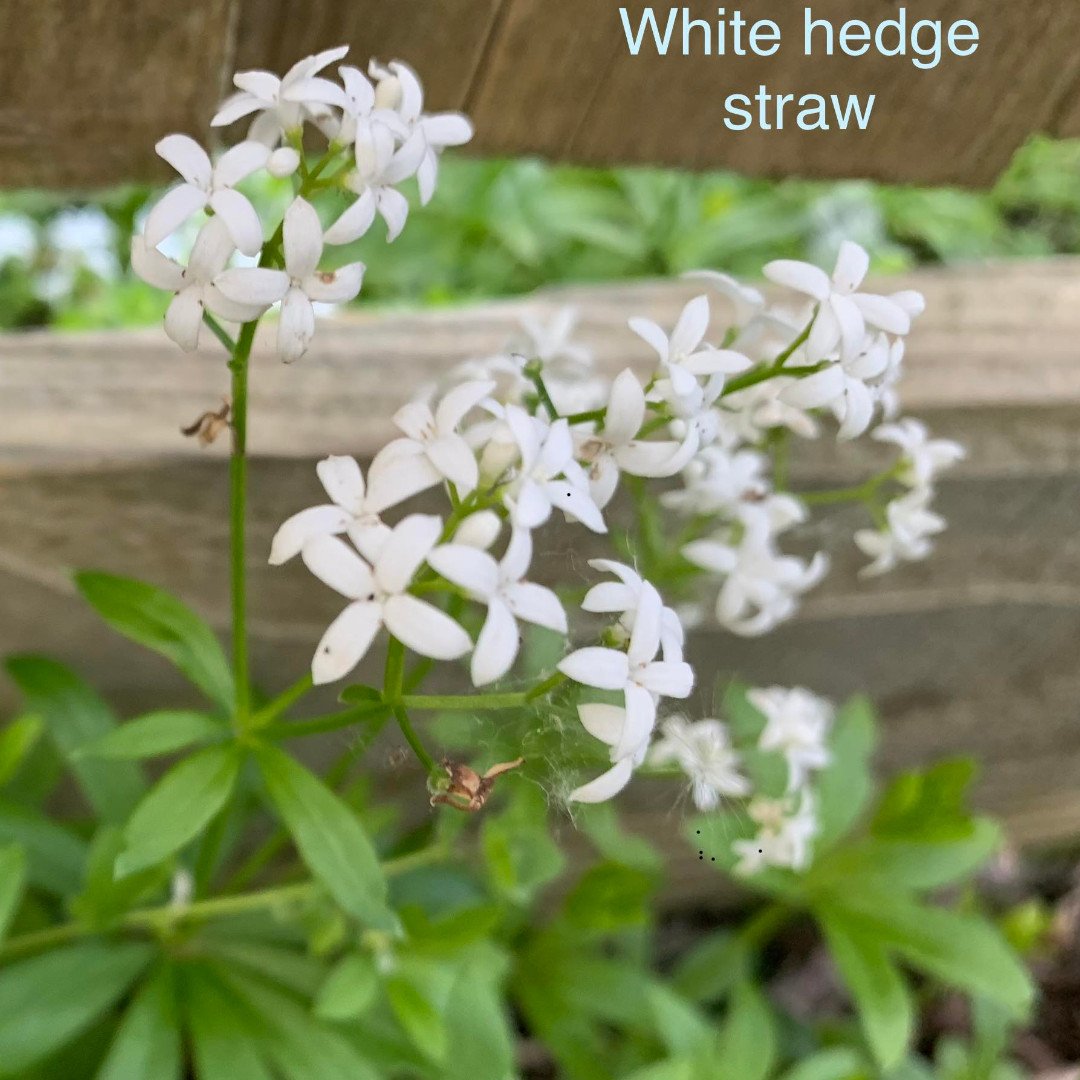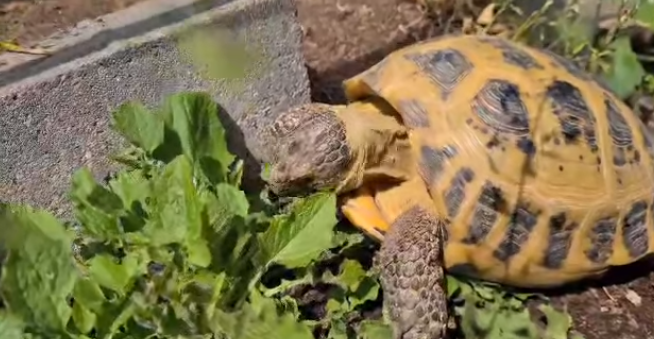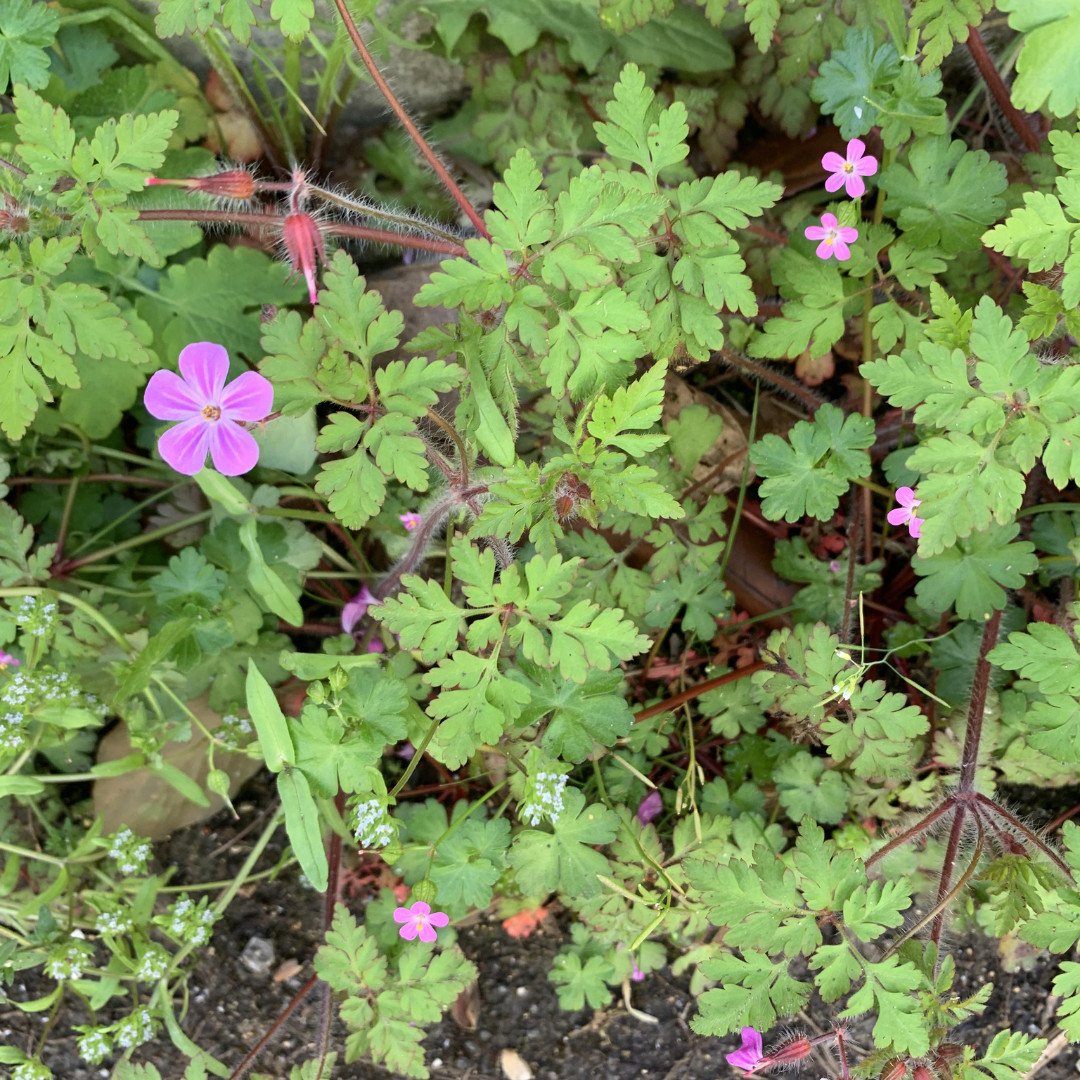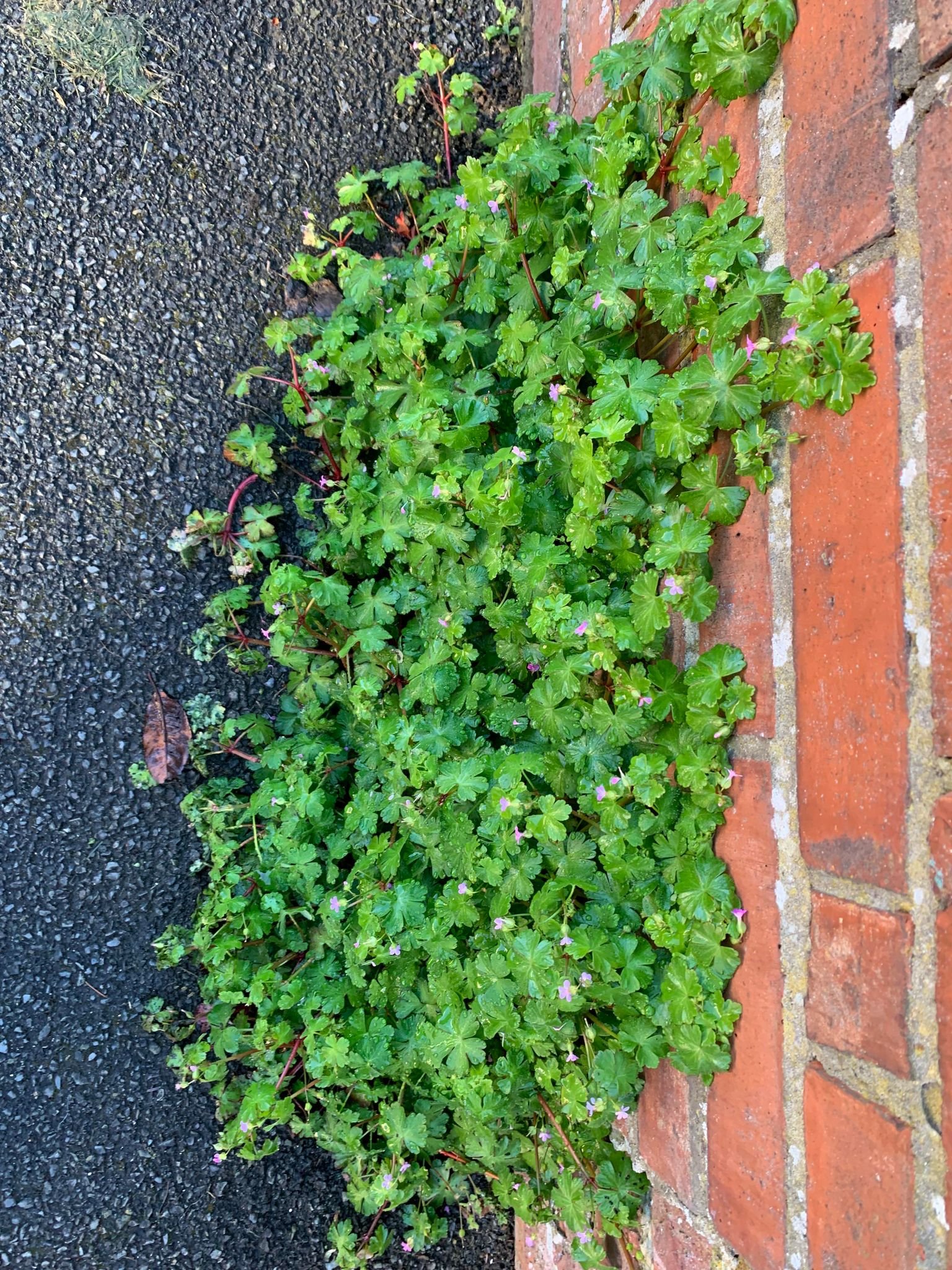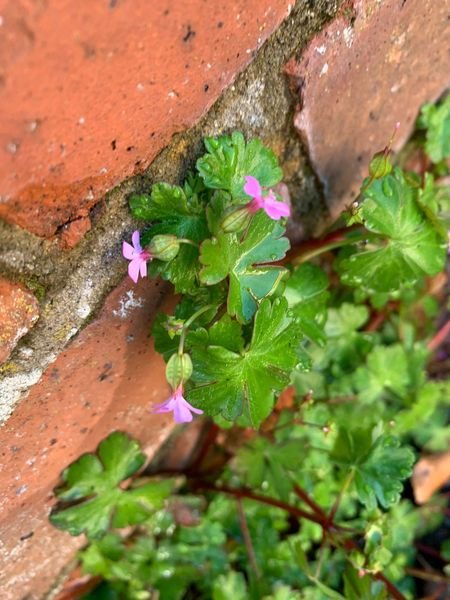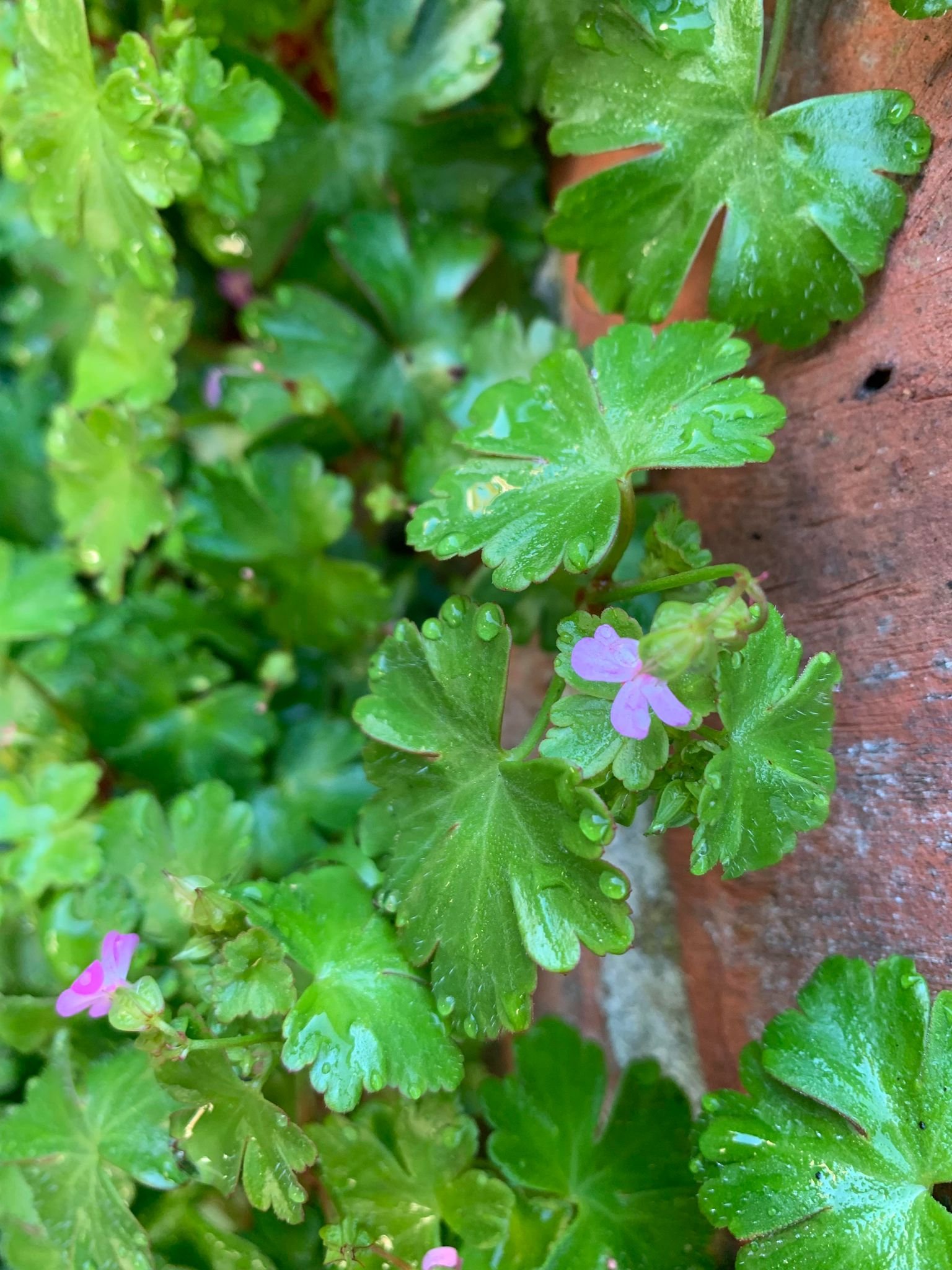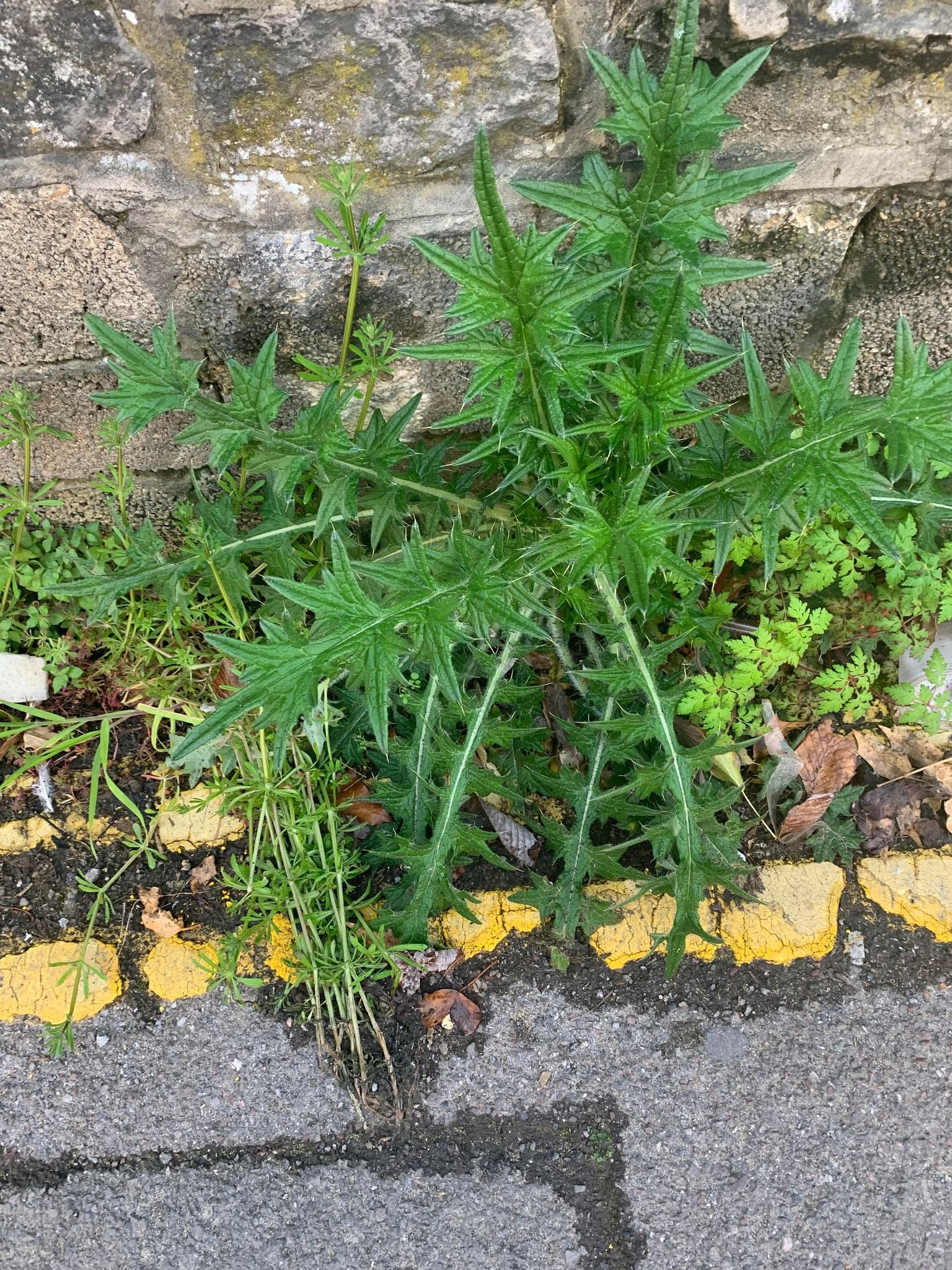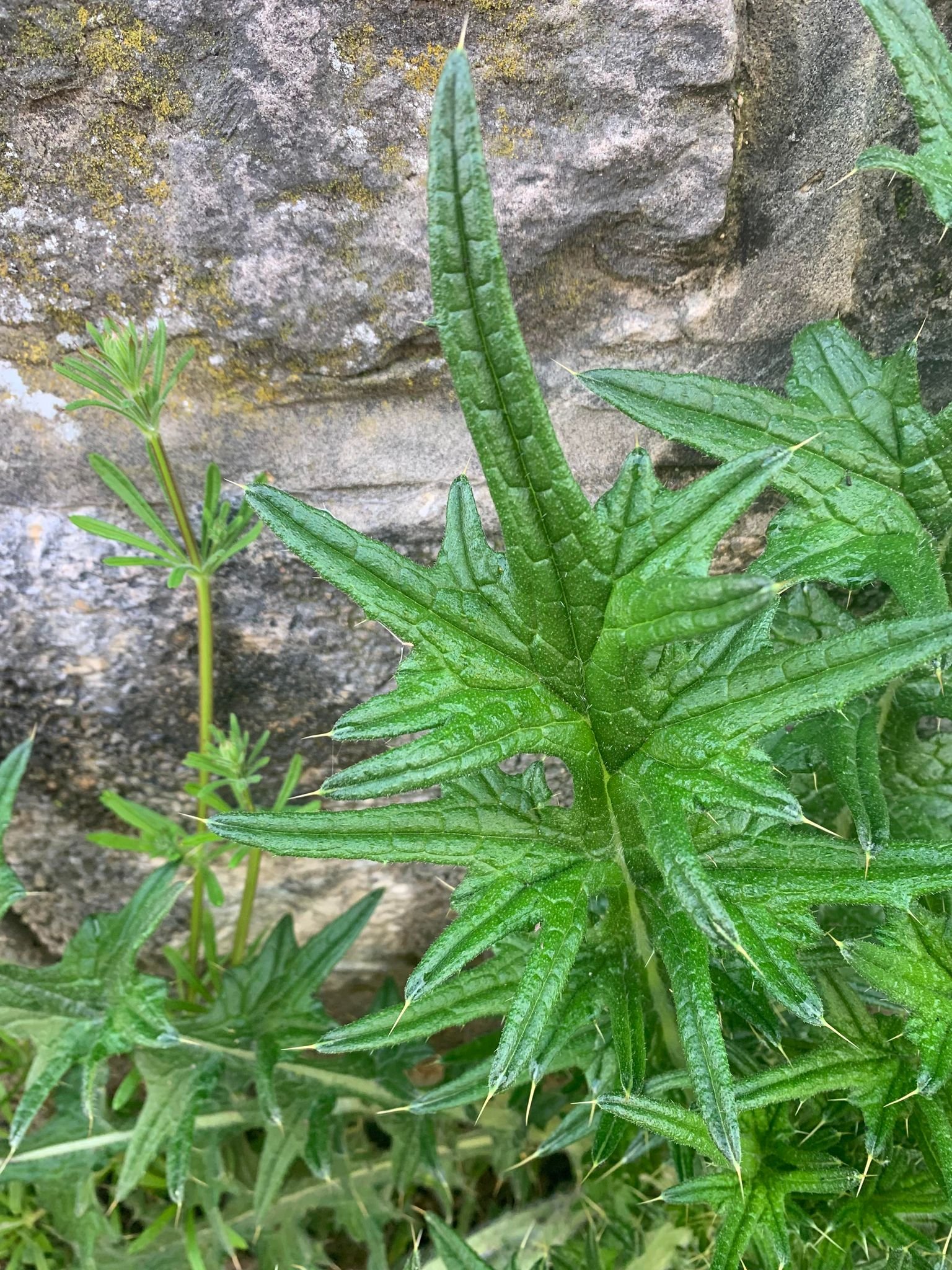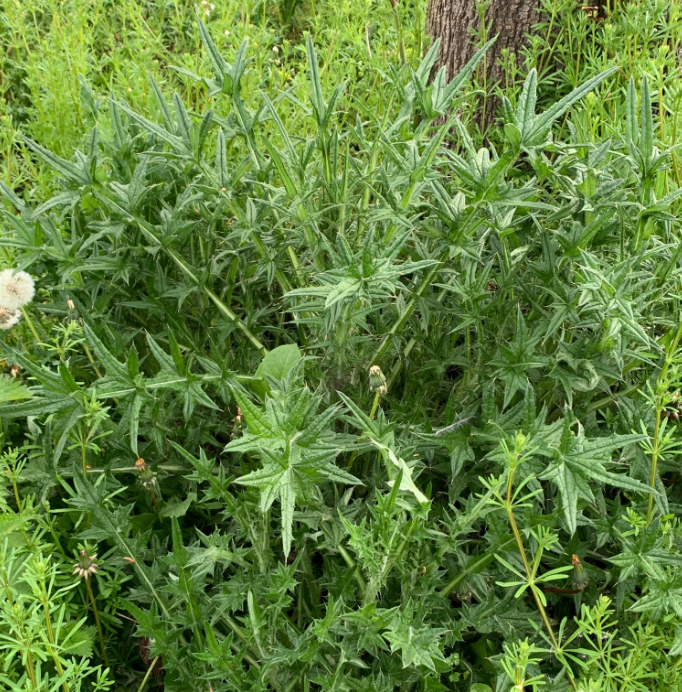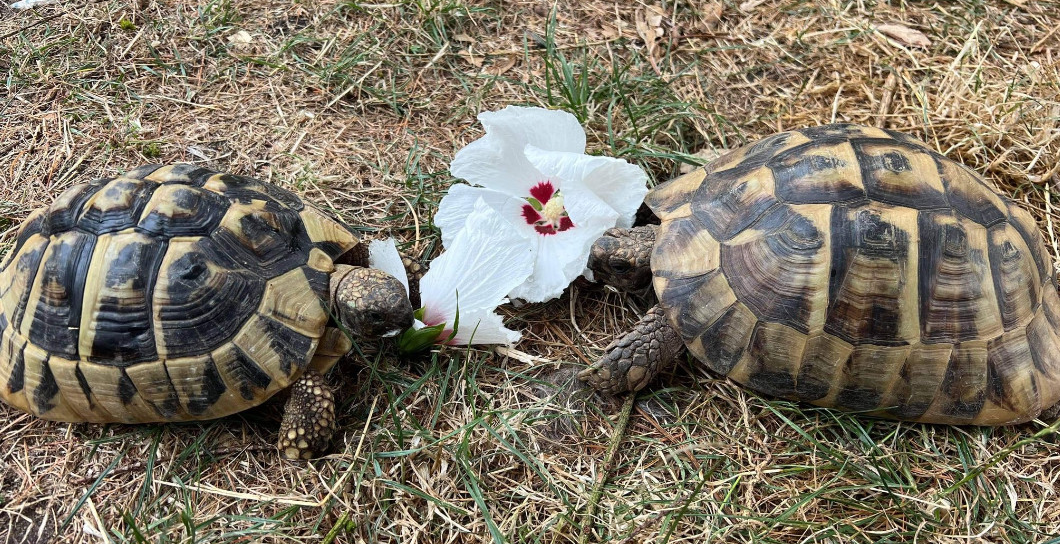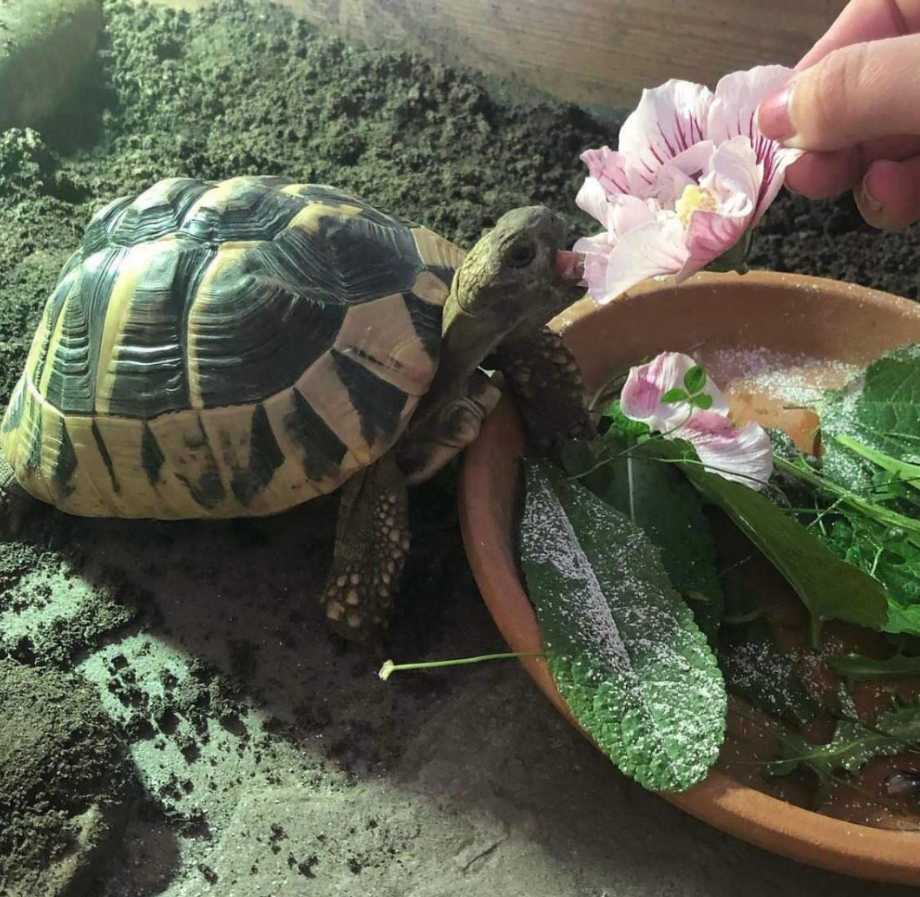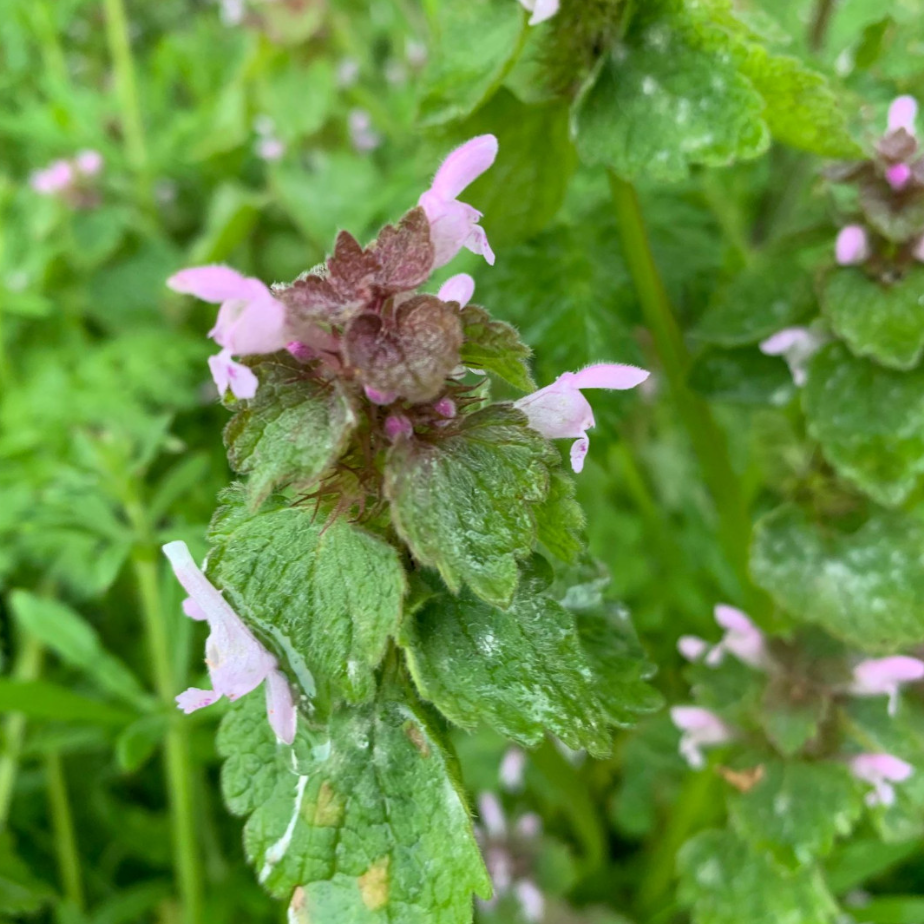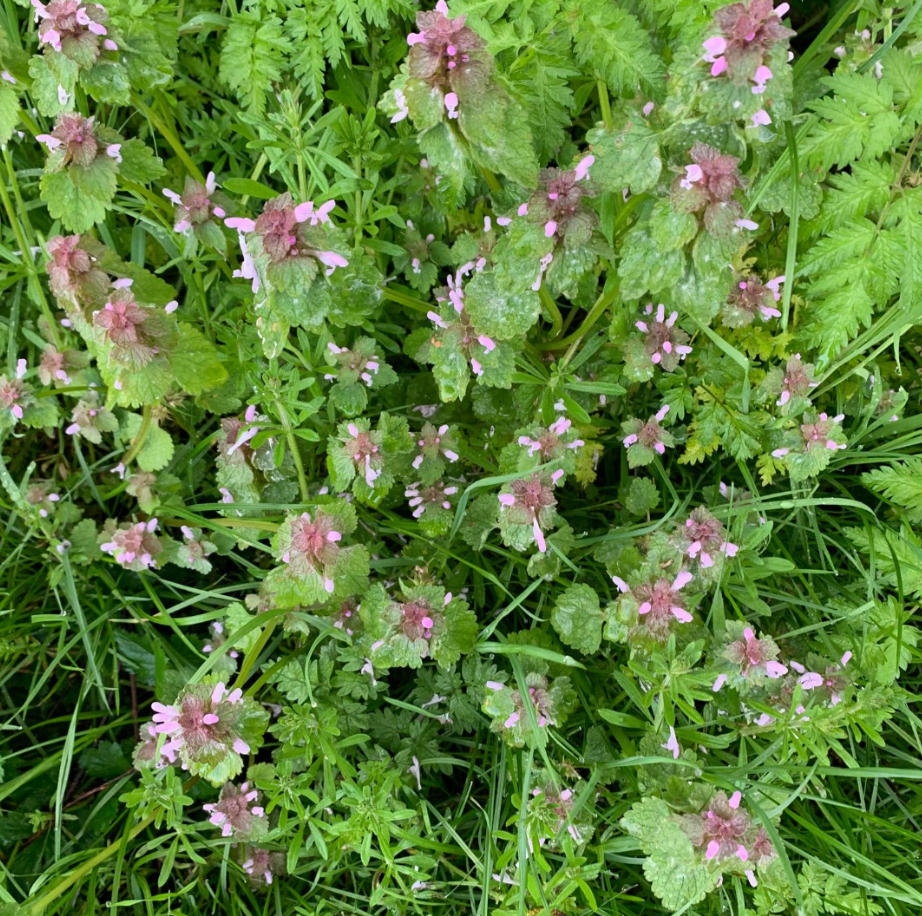Plant of the week
Chicory
3rd October 2023A moderate feed and tortoise favorite, that is rich in calcium, vitamin A, vitamin C and low in proteins.
Though in the wild tortoises have been observed eating the whole plant including the roots, the roots can be high in sugar and starch, so we advise limiting the offering to captive tortoises.
The leaves and flower looks similar to dandelion but the leaves darker and flower blue. It grows May to November and prefers to grow in sunlight along paths/roads, pastures and rock quarries. It flowers in its second year and the flower only opens in sunshine. Its easy to grow but seeds need to be sowed each year.
Campanula
26th September 2023Is a safe feed and so much of a tortoise favourite, that if planted in their enclosure unprotected it will be demolished! However if protected it will grow each year from, leaves available from spring to winter, helping you feed your tortoise a natural diet when other weeds are limited.
There are many species of campanula, that can grow various heights, they can be either trailing/low growing or grow upright with various flower colours (blue, lilac, purple, white).
Some of the ones you might find in the UK include harebell and bellflower, both liking to grown in clearing/open woodland area in bright warm areas. Alternativity you can grow yourself, plant in a sunny spot and water regularly during summer.
Fox and cub
13th September 2023Tortoise tend to enjoy all hawkweed species and this incudes fox and cub. They tend to be drawn to plants that contain a milky sap and obviously brightly coloured flowers, Fox and Cub has both of these!
As with other hawkweed species, fox and cub should only be offered in moderation, this is due to some hawkweed young leaves containing up to 11% protein that lowers as the plant ages (remember tortoises need a low protein, high fibre diet). However it can still be offered as part of a varied diet when available as it is naturally found across Europe and readily eaten by wild tortoises.
Sometimes identifying hawkweed species can be difficult due to there being cross breeds but fox and cub is a easy one with its distinctive orange (sometimes yellow) flower head and leaves that are hairy (these are black higher up the stem) and form a rosette at the base of the plant.
It’s a hardy weed that can grow in a variety of soils and conditions making it a easy one to grow yourselves outside the enclosure.
Ox eye daisy
22nd August 2023Oxeye daisy is a moderate feed because it belongs to the chrysanthemum family, some members of this family are no feeds because they contain pyrethrins, though oxeye daisy isn’t known to be one as a precaution we would advised to offer in moderation. It’s worth noting that the weed is commonly found across Europe and tortoises tend to prefer young leaves but will sometimes eat the flowers too.
The weed is high in beta carotene (antioxidant that turns into vitamin A), riboflavin (vitamin B2- helps metabolise energy), niacin (vitamin B3 – also helps with metabolising energy) and potassium.
Its important to feed tortoises a varied weed based diet to avoid vitamin/mineral deficiencies (and a vet bill!)
https://www.thetortoisetable.org.uk/plant-database/viewplants/?plant=265
Hollyhock
2nd August 2023Does anyone else get excited when they find Hollyhock growing wildly? Saw this beauty walking the dog one morning.
Being part of the mallow family, it is a firm tortoise favourite. Though a safe feed commonly found growing wild in Turkey, it's best to grow it outside a tortoise's enclosure otherwise, they will demolish it, especially the bright flowers that can come in various colours.
Cat Ear
31st July 2023Also known as false dandelion because of its flower. The differences being dandelions have hollow stems, cats ear doesn’t and the leaves are different. Cats ears leaves tend to stay close to the ground. Like dandelion, it tends to be a tortoise favourite.
It’s a safe feed, a very nutritious weed commonly found in grassy areas like lawns, grassland, verges and church yards.
It is worth noting there are 3 different types of cats ear - smooth, hairy and giant cats ear but all look similar, and are safe, including eating the roots.
https://www.thetortoisetable.org.uk/plant-database/viewplants/?plant=81&c=6
Knapweed
29th July 2023Knapweed is a safe feed, but some keepers find that tortoises don’t always eat it. Often tortoises will eat certain plants at specific times of the year, and In the wild, it has been noted that they tend to eat the new leaves in early spring, then the flowers and older leaves later in the year.
It can have different coloured flowers. Pinkie/purple is the most common in UK. It is very easy to grow in enclosures, doesn’t need much attention and will regrow each year. It is also really good for bees, butterflies and other insects.
https://www.thetortoisetable.org.uk/plant-database/viewplants/?plant=205&c=6
Scabious
27th July 2023There are a few varieties of scabious, but the one most commonly found in the UK has a lilac ‘pin cushion’ type flower. It is very rich in fibre and has a honey-like smell that attracts tortoises. It does contain tannins, so too much shouldn’t be offered as it can affect iron absorption and digestion. It is okay to feed in moderation as part of a varied diet.
https://www.thetortoisetable.org.uk/plant-database/viewplants/?plant=298&c=6
Clover: Red and White
25th July 2023These clovers belong to the legume family and, therefore, can contain high amounts of proteins and thus making it an occasional feed for young growing Mediterranean species of tortoise and a moderate feed for adult Mediterranean species of tortoises with already established shells.
Clover does have other nutritional value to tortoises making worth still offering to them, such as being great multivitamin source, including vitamin A and B. It's also worth noting that a variety of cover species are found in their natural habitats and it is reported that in the wild, they will graze on them in the hotter months.
REMEMBER MEDITERRANEAN SPECIES OF TORTOISE NEED A DIET LOW IN PROTIEN – too much can lead to rapid shell growth (causing shell deformities and metabolic bone disease) and renal failure. That being said, they do still need proteins which they can get the right amount through a varied natural weed/plant-based diet, and we normally see this kind of health issues more frequently with tortoises fed on pellets and cat/dog food.
https://www.thetortoisetable.org.uk/plant-database/viewplants/?plant=96&c=6
Buddleia
23rd July 2023This is a really pretty shrub to grow in the garden that can be offered in moderation for diet variety. Though it can be found wild, its mostly found growing in gardens. It’s a hard to sell to tortoises, but it’s a hardy plant that will grow in winter if in a sheltered spot, which is handy when not many weeds around.
https://www.thetortoisetable.org.uk/plant-database/viewplants/?plant=68&c=4
Hedge Bindweeds
18th July 2023This moderate feed is part of the morning glory family and has a white flower, and tends to take over hedges and fences. Around this time of year, you might also come across Field Bindweed, which is also a creeping weed, that has a pink/white flower on a thinner vine); if anyone has a photo of Field Bindweed, feel free to post it in the comments for others to look out for.
These are a moderate feed as they contain small alkaloid amounts but are fine as long as they are offered to tortoises in small quantities as part of a varied diet.
Though tortoises can eat the vine, it's best only to offer the leaves and flowers or cut the vine very small. Tortoises can get entangled in the vines and cause harm if they wrap around their necks or limbs.
Take care not to confuse with other harmful trailing plants such as solanum and black bryony (can tell by the leaves); Hedge bindweed has heart-shaped leaves, and the field has arrow-head-shaped leaves.
https://www.thetortoisetable.org.uk/plant-database/viewplants/?plant=40&c=6
Red Valerian
15th July 2023This plant is part of the honeysuckle family that originates from the Mediterranean, where it is found growing in rocky, calcium-rich soil. It's mostly found growing in gardens along walls, but you might also find it near roadsides or rocky areas. It’s a safe feed; tortoises tend to prefer young leaves, but being part of the honeysuckle family, it's also a great plant for bees and insects. It might also have pink and white flowers.
https://www.thetortoisetable.org.uk/plant-database/viewplants/?plant=284&c=6
Evening Primrose
13th July 2023This is a safe feed; if you’re lucky, you might find it growing along rivers and verges, meadows and wastelands. Otherwise, it’s very easy-to-grow plant that requires very little maintenance, it won’t flower until its second year and dies after that flowering season, but it will reseed its self- see the link for growing your own 'How To Grow Yellow Evening Primrose Plants (gardeningknowhow.com)'
They can eat the whole plant, including roots, but the flowers that open after dusk are their favourite. It's an excellent source of calcium, potassium, beta carotene, vitamin B and omega-6, which are important for vision and immune health.
https://www.thetortoisetable.org.uk/plant-database/viewplants/?plant=18&c=5
Bristly Oxtongue
11th July 2023Gardening gloves needed for this one!
Is anyone growing this either in or out of their tortoise enclosure? It is a safe feed that’s not always a winner amongst tortoises; however, it is found around Europe so they would come across it in the wild.
Ideally best to only feed young leaves to adults before the bristles turn to thorns, the dandelion-like flowers can be offered to young tortoises (typically flowers in their second year).
https://www.thetortoisetable.org.uk/plant-database/viewplants/?plant=64&c=6
Honesty
16h JUNE 2023Who else thinks this plant is really pretty in the garden?
Tortoises tend to love it, but it is part of the brassica family, so it is best to grow outside your tortoise enclosure.
Plants belonging to the brassica family contain a compound called goitrogens; fed in large quantities, this can prevent the absorption of iodine, affecting a tortoise's thyroid function. However, small amounts fed in moderation as part of a varied diet can still benefit a tortoise diet as they have other nutritional benefits such as providing vitamins C, E, carotenoids and minerals.
It is also worth noting that some of the brassica weeds found in the UK are closely related to those that would be found in their natural habitats and grazed upon.
Please note we advise AGAINST feeding human-developed brassica foods such as kale, cabbage, etc, as these don’t tend to offer other nutritional benefits to tortoise diets, and some can even lead to the development of bladder stones.
https://www.thetortoisetable.org.uk/plant-database/viewplants/?plant=389&c=5
Ribwort and Broadleaf Plantain
13th JUNE 2023This is everywhere at the moment and a tortoise favourite!
The ribwort leaves tend to grow narrow and upright, with a whiteish flower that grows taller than the leaves. Broadleaf plantain has broader oval-shaped leaves. Both are found in grassland, lawns, and verges.
Various species of plantain grow throughout the Mediterranean, a tortoise's natural habitat. All species self-seed; you can scatter the seed heads when dry in your tortoise enclosure/weed beds to grow. It’s a safe feed that provides a lot of nutritional value to a tortoises diet. Remember to feed it as part of a varied diet.
Goose Grass (sticky weed) &
Sweet Woodruff (White Hedge Bedstraw)
23rd May 2023These are both related belonging to the Gallium species of plant.
Goose Grass – this one is straightforward to identify. It has small green leaves that spread out in a circle around the stem, which can grow up to a meter (sometimes higher) and is usually seen around hedges or fields. It's very sticky hence its nickname 'sticky weed'.
Sweet Woodruff (White Hedge Bedstraw) – looks very similar to Goose Grass but has small white flowers, as seen in photos, and is not sticky to the touch.
These weeds are high in fibre, which is very important to a tortoise's dietary needs however, they also have diuretic properties, so they shouldn’t be feed in excess. Adding it into your tortoise diet 3-4 times a month whilst it’s in season won’t cause any harm (offer one or the other and ideally not on the same day as dandelions, another with diuretic properties) and will offer some variety.
https://www.thetortoisetable.org.uk/plant-database/viewplants/?plant=132&c=6
https://www.thetortoisetable.org.uk/plant-database/viewplants/?plant=295&c=6
Roses
20th May 2023Did you know tortoises can eat rose petals?
They are a moderate feed (can’t eat them all time) that can be met with mixed reviews. They can eat the leaves but are more attracted to the bright petal colours, which hold more nutrients such as vitamins A, C, iron and calcium.
Remember though you can’t feed them from bouquets/ floral arrangements as these would have been treated with chemicals toxic to tortoises. If you buy the plant from a garden centre, you must replant it and wait 3-4 months before feeding!
https://www.thetortoisetable.org.uk/plant-database/viewplants/?plant=654&c=5
Nipplewort Weed
17th MAY 2023Here you can see one of Jackie's tortoises loving some Nipplewort weed, a safe tortoise favourite feed.
Is anyone else growing this themselves?
Tortoises tend to prefer this one before it flowers, as that is when it goes to seed, but if you keep cutting the tops, it will encourage more young leaves to grow. However, if it does dry out, you can pull it up and sprinkle the seeds around your tortoise enclosure or weed bed.
There are some photos on the tortoise table app/website to show what the leaves and flowers can look like; if you are ever unsure about a weed you are welcome to post a photo on our Facebook page for someone to help identify!
Click here to find out more about Nipplewort: http://ow.ly/Z7qh50Oqeel
https://www.thetortoisetable.org.uk/plant-database/viewplants/?plant=260&c=6
Herb Robert
14th may 2023Another member of the geranium family that is around at the moment.
The plant can be high in tannic acid, a type of polyphenol (an organic compound found in plants). Though tannic acid can give plants vibrant colours, it also makes them taste bitter; hence, Herbs Robert is not always a winner amongst tortoises.
The weed contains reasonable amounts of carotenoids (tortoises convert into vitamin A in their bodies), vitamin B, calcium, potassium, iron etc. Still, it should only be fed in moderation, as studies have shown too much tannic acid can reduce the absorption of Iron in mammal species. Moderate amounts have no effect, so okay to offer your tortoise for variety.
https://www.thetortoisetable.org.uk/plant-database/viewplants/?plant=154&c=6
Cranesbill - part of the Geranium family
10th May 2023This is a safe feed (as part of a varied diet), it tends to grow along hedgerows but is really easy to grow in a garden and self-seeds. This wildflower is also great for bees as it has a long nectar and pollen season!
Tortoises can eat the whole plant but tend to prefer the flowers, as with all hardy geraniums; it’s also worth offering leaves for variety. Tortoises can be stubborn and, if allowed, will only eat favourites or “junk food”. However, different weeds/plants have different nutritional values, so food they aren’t as keen on should still be offered and mixed in.
https://www.thetortoisetable.org.uk/plant-database/viewplants/?plant=103&c=6
Spear thistle
7th may 2023There are over 130 species of thistle, but you will need gardening gloves for this one!
Though this weed is annoying to human skin, it’s worth picking or growing as 13-14% of its significant nutrients are calcium! Calcium is essential to a tortoise diet, as a deficiency can lead to metabolic bone disease, a severe condition in reptiles. This weed is another excellent way of getting calcium into a tortoise's diet. I would still advise that food is dusted with calcium supplements powder also.
The weed is easy to spot with its spiked leaves and sometimes purple dandelion-like flower. It is also easy to grow yourself but best grown in poor soil (not rich potting compost) as it can soak up nitrates as large quantities can cause problems. If picked wild or grown in poor soil, it is safe to feed (as part of a varied diet), and tortoises can eat the whole of the weed, including the spines.
https://www.thetortoisetable.org.uk/plant-database/viewplants/?plant=810&c=6
Hibiscus
3rd May 2023If you haven’t already, it’s the perfect time of year to plant hibiscus
Both types - China rose and rose of Sharon (not to be confused with St. Johns Wort, also commonly called ‘rose of Sharon) are safe to feed and a tortoise favourite!
The plant can take a year or two to become established but your tortoise will thank you for it you might even be lucky to get some this late summer time.
Remember, if you buy plants from a garden centre you need to replant them, wait 3-4 months and only feed new growth due to the pesticides and other chemicals sprayed on them.
https://www.gardenersworld.com/.../how-to-grow-hibiscus/
https://www.thetortoisetable.org.uk/plant-database/viewplants/?plant=237&c=4
Dead Nettle
29th April 2023Hands up who’s tortoise likes Dead-nettle?
We’re going to be posting a weed/plants every week to help people learn safe feeds, so I thought we would start with this one as it’s everywhere at the moment and easy to identify by its pink/purple flower and triangle leaves that are more purple at the top.
Deadnettle is a safe feed (but should still be offered as part of a varied diet). However, it can be a bit like marmite among tortoises, but it’s still worth offering them as they are a good source of iron and various vitamins such as vitamin A, C and K. All really important for a healthy immune system; growth and development, strong muscles and bones.
Though the ones in the picture have red/purple flowers, it can have a white flower also (white dead nettle)
